Book Burnings, Warm Tea, Googly Eyes, and Spock - The Pile February 2023
Alternative title: Why blue cats like fruit juice.
[The Pile is a curated list of… everything and anything. Part review, part personal essay, this is my attempt at helping navigate the torrent of media available to us. An algorithm suggests things to make you angry. A friend suggests things to bring you joy. Read what you want, and leave the rest. You have enough on your own pile. Subscribe for monthly releases]
Welcome to second release of The Pile! New Name! New Logo! New purple colour!
…Still too long.
Oh well, I’m learning as I go. Thank you so much for joining, I’m so grateful for the time you have all given me. I’d love to hear from you, especially if you have any suggestions of your own. Leave a comment or write me at thepile@substack.com. I’m always hungry for personal recommendations.
All right, let’s dive in!
Top Five (+ Three):
The Satanic Verses (Book)
Duelyst 2 (Game)
Poinpy (Game)
Nice White Teachers, Bad Brown Schools: Hollywood’s Pedagogy on Urban Education (YouTube)
The Hunger (YouTube)
War Horse (Theatre)
Conspiracy (Film)
TL';DR:
Click to jump to the review/essay of whatever strikes your fancy. Or read the entire thing from top to bottom if you have, like, a lot of time.
*Only Books, Films, TV, Theatre, and Games have reviews.*
Books
A Psalm for the Wild-Built (Soothing)
The Transmigration of Bodies (Red-hot)
The A.B.C. Murders (So-so)
The Satanic Verses (Incredible)
Movies
Hidden Fortress (Popcorn)
The Wandering Earth (Confusing)
Everything Everywhere All At Once (Phenomenal)
Conspiracy (Outstanding)
Games
Poinpy (Brilliant)
Wario Land II (Fun)
Duelyst 2 (LOVE)
Hellblade: Senua’s Sacrifice (Mixed)
Television
Star Trek: The Original Series, Season 2 (Painful)
Theatre
War Horse (Enthralling)
Frankenstein (Baaaaaad)
YouTube
Creator of the Month: Oki’s Weird Stories (Captivating)
Top 10 YouTube Videos
Nice White Teachers, Bad Brown Schools: Hollywood’s Pedagogy on Urban Education (Overwhelming)
The War on Christmas: A Measured Response (Glorious)
Why Being Poor Is So Expensive (Witty)
Akira Kurosawa - Composing Movement (Beautiful)
The King of Stolen Valor (Documentary) (Outrageous)
(The Traditional Narrative of) Muhammad, the Prophet (Informative)
The Hunger (Captivating)
Police are hiding HATE CRIMES (Infuriating)
Puppet History (Wonderful)
Click the button below for a complete Playlist if you are out of your mind. Keep reading for smaller, more reasonably categorized Playlists.
Or jump to the curated categories:
Essays I Watch So People Think I’m Smart (10 Video Playlist) Video Descriptions
A Pile of Odd and Interesting Junk (8 Video Playlist) Video Descriptions
Funnies LOL (23 Video Playlist) Video Descriptions
Geopolitics That Will Offend No One (10 Video Playlist) Video Descriptions
Media Echo Chambers (6 Video Playlist) Video Descriptions
Highlights: Half in the Bag: 2022 Catch-up, 15 Underrated Indie Games
Non-Puppet History (3 Video Playlist) Video Descriptions
Propaganda for the Gay Agenda (3 Video Playlist) Video Descriptions
Highlight: Why Queer TV is Getting Worse
ANTIFA Terrorism (6 Video Playlist) Video Descriptions
Things for Gamer BOIS (10 Video Playlist) Video Descriptions Video Descriptions
Puppet History (36 Videos and counting, this is the official channel playlist)
Watch all of it. Yes, I mean all of it.
A Pile of Links
*Things I found interesting*
Articles
ChatGPT Is a Blurry JPEG of the Web, by Ted Chiang for the New Yorker: I live by a simple rule, read ANYTHING written by Ted Chiang.
Schools Are Spending Billions on High-Tech Defence for Mass Shootings, by Natasha Singer for the New York Times: A fascinating delve into the arming of American Schools.
The Onion’s Exclusive Interview With J.K. Rowling: This is a joke. A very funny joke. “I prefer the term ‘fantastical bigot.’” nearly made me fall out of my chair laughing.
This is Silicone Sampling, by Paul Aaron for Addition: What if instead of polling people, we polled ChatGPT pretending to be people?
Podcasts
Inside Canada’s safe sport ‘crisis’, Front Burner, CBC (Boiling)
Israel's government moves to the far-right, Front Burner, CBC (Insightful)
The sex tape and Pamela Anderson’s side of the story, Front Burner, CBC (Persuasive)
China's alleged attempts at election interference explained, Front Burner, CBC (Alarming)
The AI chatbot: friend or foe?, Front Burner, CBC (Engrossing)
Can Canada afford big corporate stock buybacks?, Front Burner, CBC (Monies)
The BBC documentary India's government doesn't want people to see, Nothing Is Foreign, CBC (Bone-chilling)
As China's population shrinks, many push back against having kids, Nothing Is Foreign, CBC (Informative)
China's view on the spy balloon | Are sanctions strangling aid to Syria?, Nothing Is Foreign, CBC (Instructive)
Victim or a threat? The story of ISIS bride Shamima Begum, Nothing Is Foreign, CBC (Spellbinding)
Art
Sam Jinks (website): Life-sized, hyper-realistic sculptures (Video). Still Life, the man cradling an older woman in his lap, is my personal favourite.






David M Bird (Website): Nature photography mixed with modelling (Video). Gerald feeding the squirrel is my personal favourite.
Breakfast Recipes
So continues my quest to make fancy breakfast on Sunday, and to try eating non-sweet/North American-styled mornings. Anyway, here is what I tried this month where 2/3rds was French toast and smoothies. Oops.
Recipes in the hyperlink.



Cilbir (Turkish Eggs): I really liked this one! One of my favourite breakfasts I’ve made. I loved the spice and the garnish, it tasted really light despite being a heavier way of preparing eggs. Highly recommend giving this a try.
French Toast: It’s French toast.
Smoothie Bowls: I was surprised at how much I liked this one, because at first glance it seemed like… a worse way to eat a smoothie. It was easy and delicious. I swapped the cherries for blueberries and blackberries (because it’s February in Canada and I’m not made of money).
You made it to the end (of the summary)! Don’t worry, there is so much more (or be worried because there is so much more).
Essays and reviews are below.
Thanks for reading!
Books
A Psalm for the Wild-Built
Genre: Solar Punk
Author: Becky Chambers
Published: July 31, 2021
Length: 160 pages, about 4 hours for the audio book. Breezy, easy pace.
Language: English
What Version Did You Read: I listened to the audiobook narrated by Em Grosland, who did a great job.
Content: While a joyful, calming, and soothing read, this book does contain frank discussions and depictions of grief, death, panic attacks, depression, mental illness, and brief single-line sexual content.
Parenting Guide: I would have loved this book as a child, and I think it portrays a future worth being excited for (a rarity in modern science fiction). Teenagers and mature younger children.
Do I Need To Know Anything: No, you can read this without any prior knowledge.
Is It Good: Yes, it’s wonderful.
This book is a conversation between a tea monk and the first Robot to have ever returned.
Science Fiction has always been used to ask deep questions. A Psalm for the Wild Built has the courage to ask: what if sci-fi, but nice?
What if sci-fi, but we got it right?
Not a utopia, not a society filled with flux capacitors, warp drives, or magic, but instead the same technology we have now (minus robots. Obviously) but…. Better.
Not better technology, mind you, but a better relationship WITH our technology.
Solar Punk is a comparatively newer science fiction genre, and A Psalm for the Wild Built is so solar punk I’m pretty sure the book can be used as a filter for drinking water. The Solar Punk aesthetic is a vision of the future where humans build societies that (spoiler) people ACTUALLY want to live in. A society where its citizens deliberately choose community, cohabitation, and sustainability.
It’s extremely important to not confuse Solar Punk as hippy-dippy nature porn, or as an anti-technological declaration. In a Solar Punk world, our cities are green. Energy comes from wind, the earth, and yes, solar. We have computers, we have 3d printers, internet communication, flying vehicles, but we choose to use them only when needed. We have social communities of people, not social media. We build things from wood because we want to, and biodegradable materials when we need to.
There is nothing magical about it (minus the robots). Solar Punk is an example of us, the people we are now. But imagines what we could become if we made different choices. If we chose to value enjoyment, growth, and balance instead of production, wealth, and exploitation.
A Psalm for the Wild Built is a Solar Punk novel in the way that Lord of the Rings is a Fantasy novel: excellent stories that are the definition of the genre. Briefly, A Psalm for the Wild Built tells the story Dex the tea monk. On the moon Penga. Because it’s sci-fi. Duh.
A tea monk wanders towns and cities offering tea to those who need it. Part friend, therapist, sounding board, and a shoulder to cry on tea monks have a very simple creed: Listen, serve tea.
It’s a beautiful concept and makes not using tea references when reviewing this book very, very, very hard. Because this whole book is like a cup of hot tea, soothing, warm, and an opportunity to reflect. A Psalm for the Wild Built is like taking a calming breath, choosing self-care, and begs to be held curled up in a soft blanket. It is a story about two good people (or robot) being kind, sharing ideas, and doing good. There is no action scene, no conflict or cliffhangers. No yelling or fighting. Just conversation, tea, and time to really think. A book filled with nature, rain water, and love.
A Psalm for the Wild Built is a delight. Any book that asks ‘Do robots hold hands’ would have to be.
And yet it is somehow not cloyingly sweet, it somehow feels real and sincere. And it is not afraid to speak to depression, to feeling lost, to the ache of having all your needs met yet still waking up tired.
A Psalm for the Wild Built is not about depicting a utopia. It is not a perfect world, and Dex has the same struggles many of us have.
Because the real question is not what if we got it right. The answer is obvious within the first few pages: THIS is what the world would look like.
Dex’s new robotic companion, Splendid Speckled Mosscap, asks the real question the book is trying to answer.
What do people need?
Perhaps the answer is this book.
The Transmigration of Bodies
Genre: noir, post-apocalyptic fiction
Author: Yuri Herrera
Published: 2013
Length: 112 page, reads blisteringly quickly
Language: Spanish
What Version Did You Read: I read the 2016 English translation by Lisa Dillman.
Content: Violence, Death, Suicide, Explicit Sexual Material, Substances, Mental Illness, Police Brutality. So essentially all the content warnings.
Parenting Guide: Not child appropriate. Adult and mature teenagers.
Do I Need To Know Anything: No, you can read this without any prior knowledge. It is the second book in a trilogy, however (from my understanding), these books are only loosely connected by theming. This is the first book I read in the series.
Is It Good: Oh boy, Uh, yes? I think so? It’s an excellent read, but not for everyone.
The Transmigration of Bodies is a tinder dry book, cracking into dust dipped kerosine. It is a tight coiled pit of anxiety filled with the vibrating tension of missing condoms and empty streets, mosquito diseases and the caverns of the undead, and bodies bodies bodies. Bodies locked in sex, bodies that are dead inside or out, bodies trying to survive, bodies trying to forget, and bodies with people who cohabitate them.
It’s a blistering short work, a violently hacked off slice of a life belonging to The Redeemer: the man who fixes things. Black, noir, flat, and blunt, The Transmigration of Bodies is less a story and more an experience of world building in 100 pages. It’s graphic, carnal, and difficult to recommend. To be honest I’m not sure I liked it, but I THINK did.
Given its brevity I’m weary of giving a summary, as I think the less you know about this book the better. Instead, I’ll focus on why I chose to read it, as I believe that’s a better approach for recommendation. The Transmigration of Bodies is a Spanish language book written by Yuri Herrera, who is often credited as being one of the greatest modern Mexican writers. I am sadly extremely uninformed when it comes to Mexican literature, and Herrera’s work is often in the forefront of any such discussions. Reading other languages is a tricky thing, as you are bound to the talent of the translator if you lack the knowledge to understand the authors original words. Lisa Dillman (who translated this book from its original Spanish) has been greatly praised for her ability of capturing the unique esoteric qualities of Spanish into English, and has won a huge amount of awards for her 70+ translations including Best Translated Book Award. Dillman chooses to keep to more Spanish grammatical styles, such as leaving quotation marks or being unafraid to keep slang terms, trusting readers to follow along. I really liked this approach, and while for perhaps a page or two I was slightly confused (especially by the lack of quotation marks) I grew to greatly appreciate Dillman’s attention to detail, and allowing for this book to survive on its own identity and not coddle to my own cultural biases.
Given Yuri Herrera’s status as an excellent writer, Lisa Dillman’s lauded translation, The Transmigration of Bodies praise, my own interest in learning more about Mexican literature, and that it’s only 100 pages this was an no brainer pick for my next read. I’m extremely glad I read it, and I blazed through it. This is not a book for everyone, filled with grit and unlikeable characters. It speaks frankly about disease and pandemics (making a fascinating modern read given it was originally published in 2013), drug wars and the futility of trying to do the right thing. There is a horrific beauty to the writing, and I chewed on the themes of poverty and survival long after I put the small book down.
I am extremely excited to read more of Herrera’s work, and am so happy to dip a toe into the ocean of stories and culture Mexico has to offer. If any of this sounds interesting to you, I highly recommend this book. However, again I don’t think it is for everyone, and this will be a very safe skip for a great deal of people.
I’m still not sure I liked it. But I loved reading it.
The A.B.C. Murders
Genre: Murder Mystery (obviously)
Author: Agatha Christie
Published: January 6, 1936
Length: 232, about 6 hours audiobook. A slow build-up with a breakneck ending.
Language: English
What Version Did You Read: I listened to the audiobook narrated by Hugh Fraser, who does a great job.
Content: Death, Murder, Racism, Sexism. This is a much older book, and as such many ideas and characters (I’m looking at you, Hastings) have aged… Poorly. That being said, within its historical context I found it to be only occasionally mildly abrasive, more eye-rolling than fist shaking.
Parenting Guide: It’s a tame murder mystery. Mature children and teenagers.
Do I Need To Know Anything: No, not really. This is like a CSI episode or a Sherlock Holmes story. Yes, there is technically an order, and there are small references you may miss, but this is a stand-alone story. This is the 12th book in the series, and I jumped to it after reading the 1st one (The Mysterious Affair at Styles). I am confident you don’t need the first one and can jump right into it if you are interested.
Is It Good: The ending is pretty great. The rest I found average and a tad dull.
Detective Hercule Poirot is a wonderful man. I would very much like him to be my friend. He is funny, charming, and kind. I have found his adventures enjoyable, and he is quickly becoming my favorite detective character, and deserves his seat at the table of Holmes, Drew, Marple, and Cross.
Arthur Hastings, Mr. Poirot’s *shudder* side kick, is quickly becoming my least favorite character in all of literature.
The A.B.C. Murders is thus instantly improved from the other Poirot mystery I have read (The Mysterious Affair at Styles) due to some chapters graciously being told from the 3rd person perspective of somebody, ANYBODY, other than Captain ‘I think with my penis’ Hastings. Gifting me a cherished reprieve of having to listen to Mr. Hastings inane bovine prattling.
The point of many murder mysteries is to slowly build a house of cards, to then pull the rug out from under the reader. The A.B.C. Murders is no different, however a great deal of the book (I would argue nearly 75%) is set up. Patterns are of the utmost importance within this book, and as such we go to enormous lengths to establish the premise and watch it play out.
Our story begins with Mr. Poirot receiving a letter warning him that a crime is going to be committed on a specific day, and a challenge for Poirot to stop it from occurring. It quickly becomes apparent that the killer is killing people with alliterative names, starting with Alice Ascher killed in Andover, Betty Barnard from Bexhill, etcetera etcetera. How can Poirot stop such crimes if there is no clear motive? Why is the killer doing this? Who will be next?
This is a very interesting premise. Unfortunately, it takes essentially the entire book to arrive to the interesting questions. The majority of the story is:
1. Poirot receives letter.
2. Oh no! Someone is going to be murdered in *insert small British town*
3. Go to small British town
4. Gasp, someone is murdered!
5. But why? Who did this? It must be a CraZy person!
6. I guess we’ll have to wait for the next letter to find out more.
7. Poirot receives a letter.
There is actually a really great mystery here, and I greatly enjoyed the ending. I still think as a mystery it hides just a smidge too much from the reader, however once the reveals and clues start falling together I was really invested and felt engaged.
Yet, for the vast majority of the story I felt just as frustrated as the good ol’ police, given the random nature of the murders. Man murders people with letters for names is a great pitch, but I’m just not sure if we the reader need to watch each one play out in real time.
A theory can only be formed with information, and this book dolls out information so slowly I found myself a tad bored and mostly flat for the majority of reading. Only near the end was I able to start suggesting, you know, accusations and theories (the real point of a mystery novel).
In the last 25% my spouse and I were wildly exchanging theories, each one questioning the facts before us and trying to reexamine everything.
Murder mysteries are, by their very nature, formulaic. So watching a formulaic murder repeat in a formulaic story is slightly taxing. Truthfully, I think the story would be just as strong if half the book was snipped out, and we just started in media res with a Police Officer saying, “look, a bunch of people have been murdered with names that match the order of the alphabet”, and the investigation started there.
This is definitely a book saved by its ending. This story does an excellent job of presenting information that changes on context, and while very unlikely it MAY be possible to solve it on your own.
And the geographic element of the crimes allows for multiple locations and environments, which is preferred to being stuck in a stuffy old British mansion. The cast of characters is a bit weak personality wise, however they all have plausible motives and it is fun to examine them as suspects. And I had an easier time telling them apart from other stories, which was helpful.
But a great deal of time is spent talking to people who don’t matter, and sitting in interviews and meetings that really should have been an email. Do we need a debrief every time someone is murdered, just to repeat:
1. We don’t know anything.
2. This killer is a mad man! Insane! What a looney they must be!
We listen to a great deal of interviews with people who literally never come up again, and who tell us no more information then we already know. It is realistic, yes, but no one is coming to Mr. Poirot for gritty realism.
Which is a shame, because the A.B.C. Murders has really strong elements. Focusing on the mindset of the killer, instead of the mechanical ‘how’ they kill is interesting. We know ‘how’ Alice Ascher was killed: she was bashed in the head. But why? What for? The book really focuses on trying to understand the killer.
As well, unlike other Poirot mysteries, the crime is ongoing. Instead of something occurring in the past, the element of the crime unfolding in front of you leads to a much more exciting game of cat and mouse. Agatha Christie seems much more willing to put the clues out into the open, and very few things happen ‘off screen’ to be revealed to the reader at a more dramatic time. And oh boy, the revelation is pretty great.
This is as traditional a murder mystery as they come, its entire point is to well… solve a murder mystery. There are no morals, no musings on policing or poverty, no ethical conclusions or character growth. There are no arcs for people, everyone exists as a puzzle piece to be slotted together.
This is both the A.B.C. Murders greatest strength and its largest weakness. Because people and plot points serve utility rather than narrative, watching the assembly of the pieces is dull and lifeless. Only when we step back, after the creation do we find intrigue and excitement. There is a mechanical element to interactions and relationships which prevents the supporting cast from feeling like living people.
Personality traits are selected as clues, not as representations of living beings. Poirot is really the only character who gets to show personality outside of the mystery, such as his moustache preening or habits of dressing. Even Captain ‘white male privilege’ Hastings personal discharges and musings are always plot related.
And my goodness, this book is so greatly harmed, nay desecrated, by the fact nearly the entire book is framed from Captain ‘I think girls are pretty’ Hastings perspective. I truly am baffled by his presence, and what Poirot sees in him. I do not ship them.
Hastings appears to serve the role of the audience, designed to ask questions the audience may have, but he asks clarification on things that NO ONE needs to know.
“Poirot,” he asks, “You don’t really think another murder is going to happen?”
“Poirot,” he asks, “Do you think the man sending you letters is… trying to tell you something?”
Hastings is the person in your class who asks, “how many pages should the essay be?” after the professor literally just told everyone. He is the worst kind of people, and if I must hear him say ‘this girl is so very pretty so she must be innocent’ one more time I’ll make my own murder mystery.
The 2018 BBC television production of the A.B.C. Murders cuts Hastings out entirely. I have not seen it myself, but this fact alone makes me confident it is the very best adaptation to ever exist.
In conclusion:
Interesting premise.
Boring build-up.
Excellent ending.
Screw Hastings.
The Satanic Verses
Genre: Magic Realism
Author: Salman Rushdie
Published: September 26, 1988
Length: 546 pages, about 22 hours for the audiobook. It has very bizarre pacing, which while I really liked that others may find it drags in some parts.
Language: English
What Version Did You Read: I listened to the audiobook narrated by Sam Dastor which was fantastic. The prose lends itself excellently narration, and I suggest listening as opposed to reading.
Content: This book depicts a character who for all intents and purposes is the prophet Muhammad (as-salamu alaykum). Strong graphic violence, fecal descriptions, death, murder, extreme racial violence, domestic violence, depictions of terrorism, substance use, and explicit sexual content. This is a book of great beauty, but this elegance is often contrasted to the ruinous harms we inflict on each other.
Parenting Guide: This is a very adult book. Even ignoring the subject matter, I feel a great deal of the subtext could be lost. However, if co-read and used as an opportunity for discussion, a mature teenager would be an excellent fit.
Do I Need To Know Anything: No, this is a stand-alone book. While not necessary, some appreciation of the history of British Colonialism in India, the traditional narrative of the Islamic prophet, and Islam and the Qur’an will greatly aid in your appreciation.
Is It Good: Yes, very very good, I thought it was fantastic. But the backlash to it is understandable, and this is definitely not a must-read for everyone.
The Satanic Verses is a dangerous book.
Well, the book itself is physically harmless of course. Guns don’t kill people, people do, after all.
Although I suppose there was that time when Law Chi Wah died after 20 boxes of books collapsed on him.
Or I guess that time Jon Klopfenstein died when his pistol discharged strapped in its holster. So maybe guns and books do kill people? Like when Ryan Taylor died of necrotizing fasciitis after getting a paper cut?
No no. Paper does not kill people, necrotizing fasciitis does. No… Wait… Getting paper means the destruction of trees…. Which leads to climate change…
What even is danger? What makes specific combinations of ink and pulp so threatening? How can the Satanic Verses be considered dangerous, if it’s just a story?
I think you (yes, you, the person reading this) should go and get a tattoo of rapper Drake’s name on your forehead. Like, just in big giant black letters across your entire schnoz.
Was that a dangerous sentence?
I think you (again, you) should never get vaccinated, and inject bleach into your arm.
Was that a dangerous sentence?
I think the Prophet Muhammad (sallallahu alaihi wasallam) was fallible.
Was that a dangerous sentence?
Danger can not exist without people, and thus danger can only be defined by WHO the danger relates to. You may not be at risk of getting a tattoo on your forehead, no matter what the words are.
To you, perhaps, the sentence Tat my name on you, so I know it’s real/ Tat my fuckin’ name on you, so I know it’s real/ I know it hurts, but I ain’t trying to hear it/ ’Cause when I’m not around, I still be there in spirit is not particularly compelling. Unless you are, of course, this woman who did that very thing. To her, this combination of words was (mildly) dangerous, and deeply influenced the way she wished to be seen and navigate her world.
To you, perhaps, the sentence the Chlorine Dioxide Ion – In the human body this ion is the most powerful killer of disease that has ever been known. Save your life or that of your loved ones appears hilarious and bizarre, more like a dark joke than medical advice. To others, this seems like excellent advice, to the point where the FDA has to put out reminders not to drink bleach.
To you, perhaps, the sentence if Mahound recited a verse in which God was described as ‘all-hearing, all-knowing’, I would write, ‘all-knowing, all-wise’. Here’s the point: Mahound did not notice the alterations. So there I was, actually writing the Book, or re-writing, anyway, polluting the word of God with my own profane language is a quotation from a story and stirs little if any emotion within you. It may not fill or twist your stomach with discomfort or make your skin prick and redden. Or maybe it does.
When that sentence was translated into Japanese by Hitoshi Igarashi, he was found dead with stab wounds across his face and arms.
When that story was translated into Italian by Ettore Capriolo, he was stabbed multiple times in his home in Milan.
When that book was translated into Norwegian by William Nygaard, he was shot three times in the back.
When the Satanic Verses was translated into Turkish by Aziz Nesin, it resulted in the Sivas massacre where a mob set the Madimak Hotel on fire and killed 37 people.
When the author of The Satanic Verses Salman Rushdie released the book, the Supreme Leader of Iran issued a fatwa calling for his death. On August 12, 2022 after decades of hiding, Rushdie was stabbed four times in his stomach, sliced three times to his neck, wounded in his eye, wounded in the chest, and cut in his right thigh. He survived but lost his sight and use of one hand.
This stunning violence is potentially confusing to many readers. To put it mildly, discussing The Satanic Verses is contentious, fraught with misinformation, misunderstanding, and miscommunication. However, there is one point that is extremely important to remember.
Dislike of this book, disgust at this book, and insult by this book is reasonable.
It is valid. It is understandable, and in many ways it is correct. Today it is impossible (and probably incorrect) to discuss The Satanic Versus without mentioning the greater historical and cultural impact that exists outside of the text itself. Given the literally inflammatory and violent discourse this creates, a polarization of views is expected. There is a tendency for media to view the discourse as one between the sane and the insane, between reasonable, articulated educated individuals versus murderous and delusional barbarians.
This book is designed to poke, and sharply at that. Wincing is expected, and many of the champions of this story never felt a sting as they were never the ones whose identities were being autopsied in the first place.
Speaking to the negatives of this book, and the potential harms it brings does not make someone a religious nutcase. And if anyone who does read this book claims that it is a vile and deeply painful read, guess what? They are right. The experience of art can not be molded by others, and feeling uncomfortable with your system of belief being deliberately contorted for the sake of exploration is real. And asking people to ignore that, or that they are wrong in feeling that way would suggest there is only one true way to experience art.
I loved this book. I thought it was excellent and made for a remarkable read. But I am not Muslim. I am not from India. I am not from Briton. I have no experience of immigration or in having my identity questioned by the cultural majority.
I can only tell you my own personal experience of this book, which is flawed and biased and entirely my own. Look, my favorite movie in the world is Interstellar (I.. uh… saw it six times in theaters). I watch it every year. But if you thought it was a boring, poorly plotted, badly executed, confusing mess of a film I entirely agree with you. The Satanic Versus is many, many things to many, many people. And before I share my thoughts, if you are to remember only one thing, please let it be this.
Have compassion when you read it. Don’t view this book as a line in the sand, but as the waves shifting the ground beneath them. It is not the arbiter of truth, it is not a condemnation, and it is not the most dangerous book ever written. The Satanic Verses will be what you bring to it, like any book you read.
To begin, let us discuss what The Satanic Verses is, and what it is not.
The Satanic Verses tells the story of two men who survive the bombing of Air India Flight 182, and as the two fall from the sky they each undergo a metamorphic change. One becomes an angel, the other, the devil. But what constitutes an angel, and what makes one a devil are not as simple as they may initially seem. One may have horns, but does that make a man evil? This is a book of dreams, within one dream the angel begins to imagine a prophet named Mahound, and the story of how he brings the word of God to the people of Jahilia. This is just a piece (albeit a large one) of the story, filled with floods and mountains, police brutality, identity, magic, love, and loss.
Many argue this book does not actually depict the prophet Muhammad (peace be upon him). This is a poor faith argument, so technically correct it becomes meaningless. Guns don’t kill people, bullets do. Barf.
Yes, there is no character named Muhammad in the story. The character is named Mahound, but the difference is so superficial it is difficult to argue Rushdie was making an actual attempt to create a separation. Even the name Mahound is just a variant of the name Muhammad, often used by medieval European writers to mistranslate or vilify the prophet. You could even argue the very name Mahound is a derogatory slur. Mahound speaks direct quotes from the Qur’an, has the same family members and friends, and follows the prophets life closely. In this book, Mahound is the prophet Muhammad (peace be upon him).
One common complaint of the book is that Mahounds wives are sex workers, which is obviously an offense to many followers of the prophet’s teachings. This is not true, however. Mahounds wives are never depicted as sex workers, instead there is a brothel in the book where sex workers begin to take on the names of Mahounds wives to bring in more clients. In the book Mahounds wives are chaste, and the taking on of their names by others is more a metaphor for corruption then commentary to the prophets wives themselves.
Mahound is called a false prophet, a conjurer, a magician, and heavily implied to be a fraud. However, while these words exist, the character who says them is not portrayed as being correct. These insults are made by a drunken man whose society has failed him and are not meant to be taken as a literal condemnation of the prophet within the text.
Followers of the prophet are called bums and clowns, however, the book itself is not saying that all Muslims are stupid and dirty. Yes, the words are there, but the context is what is important. Followers of Mahound are called this by a poet hired to write derogatory propaganda, to steer the public away from this new prophet.
A great deal of complaints against the book are quotes and ideas that are incorrect, or while the quote is accurate it’s context and portrayal are not.
This is not a book trying to suggest the Qur’an is the work of the devil. The quote-unquote real ‘Satanic Verses’ are verses based upon an account recorded in early tafsirs (various collections written to help explain, expand, and interpret the Qur’an) in which it is claimed that the prophet mistakes a divine revelation from the Archangel Gabriel for one made by ‘the devil’ or Satan. It is important to understand the very word ‘Satan’ is, of course, an English one. It is a translation. While these stories do exist in Arabic tafsirs, coining them as the ‘Satanic Verses’ was done by Western academics, with it’s first expression attributed to Sir William Muir in 1858.
The origin of this proverbial ‘Satanic Verses’ (again, the historical story, not the book) is complicated, as it is not found in the Qur’an, the Kutub al-Sittah (a collection of sayings attributed to the prophet), and can be argued it may be a complete fabrication for political reasons.
In Rushdie’s book The Satanic Versus, the dream prophet Mohaund recites verses he later retracts claiming them to be from Satan. It is not an attempt to suggest the real prophet Muhammad (salem aleikum) was of the devil, nor a condemnation of Islam itself for being dirty or evil. It is an exploration of how politics, religion, performance, and power often have antithetical goals, and how difficult change can be to create.
But given the already confusing history of the Satanic Verses (not the book. I know, it’s hard), and the way it potentially portrays the prophet as not only fallible but vulnerable to demonic forces, it is not difficult to see how a book entitled such would spur reactions of all stripes.
This is where we come to the true crux of the controversy for The Satanic Verses (the book. Keep up). The act of depicting Muhammad not only as human but the act of depicting him at all. And to understand this, there are a few things that need to be established.
There is no such thing as Islam.
It is an umbrella term, used to describe a hazy collection of loosely lumped-together concepts. There is no such thing as a monolith group that speaks on behalf of all of Islam. Much like how there is no such thing as Politicians. Trump and Biden may both be Politicians, yet what being a politician means is so diverse and infinitely undefinable the term quickly becomes useless.
Gay marriage is not against Christianity. One, because there are no helpful definitions to define all of Christianity (no, not even the teachings of Jesus. Who Jesus is, what he looks like, and what he believes are different to every person. I mean, there are four different versions of the man in the bible alone). And two, there are devout people who claim Christianity as their identity on both radically different sides.
Like any other group of people, the Islamic faith has many interpretations, practices, and expressions. There are Sunnī Muslims and Shīʿa Muslims. You can be a Sunnī Muslim but follow the Ashʿarī or Māturīdī schools. There’s Sufism, the Ahmadiyya Movement, protestant Quranism, or Ibadism. What about the quarter of Muslims who identify as non-denominational? Suffice it to say, what Islam is, and what being a Muslim means is a deeply personal and unique experience.
As such, depicting or showing the prophet Muhamad is not an act against Islam.
There are Muslims who feel any depictions or changes of the prophet are against Islam, and there are Muslims who do not. What constitutes the Islamic faith, and what rules to follow is dependent on many factors.
Firstly, it is important to understand the difference between the Qur’an and the Ḥadīth. For an overwhelmingly large majority of Muslims, the Qur’an is the direct word of Allah, as revealed to the final prophet Muhammad (salam alaykum) through the archangel Jibril (commonly also known as Gabriel). Unlike other religious texts such as the Bible, the Qur’an is not a book inspired by God, it is instead viewed as the literal word of Allah. According to tradition, the Prophet did not know how to write, and so his companions recorded his revelations. As such, any instructions found within the Qur’an are literally from Allah.
The Ḥadīth are reports collected and written by others of the words and actions of the Prophet. They often are oral traditions gathered into collections hundreds of years after the death of the Prophet, and are used as tools for helping to understand the Qur’an. Which Ḥadīth are followed, if they are divine revelation (and if they are, which ones), or even their authenticity leads to a great deal of disagreement within the faith. It is important to understand the Qur’an is a relatively small book, while the Ḥadīth are numerous and expand on nearly every aspect of the Qur’an. As such, a great deal of Islamic civilization is based upon the Ḥadīth, as the Qur’an has surprisingly few verses regarding the law itself although the authority of the Ḥadīth comes through the Qur’an. For example, Sharia or Islamic law overwhelming comes from Ḥadīth and not the Qur’an itself.
In Western media it is often portrayed and assumed that depictions of the Prophet Muhammad (peace be upon him) is forbidden in Islam, and even going so far as to suggest it is a universal constant of the faith. However, in practice depictions of the prophet is much more contentious, and not nearly as clear as one may assume. In truth the Qur’an itself does not say a great deal regarding the prophet, instead focusing on the word of Allah and his teachings.
Firstly, there is no explicit verse within the Qur’an itself that forbids portraying Muhammad. The closet instructions often quoted are:
[Abraham] said to his father and his people: 'What are these images to whose worship you cleave?' They said: 'We found our fathers worshipping them.' He said: 'Certainly you have been, you and your fathers, in manifest error.'"
Chapter 21 verses 52-54
[He is] Creator of the heavens and the earth. He has made for you from yourselves, mates, and among the cattle, mates; He multiplies you thereby. There is nothing like unto Him, and He is the Hearing, the Seeing.
Chapter 42 verses 11
The inference for many is that depicting Allah (and by extension his prophet) is both a direct insult, and can risk idolatry. But this is an interpretation, and not wholly agreed upon. Paintings of the prophet exist, created by Muslims in the 13th century. Verbal descriptions of the profit can be found from the 7th century, again created, and recorded by Muslims.
There is an interesting dichotomy in killing someone over the name of a person you are trying not to idolize.
There are Ḥadīth which explicitly ban the drawing of the Prophet.
There are also Ḥadīth which forbid the drawing of any animate object such as humans and animals. There are Ḥadīth which allow for images to be created. Like the gospels or any other religious texts, Ḥadīth can contradict each other and many spend lifetimes studying them. Ḥadīth by their very nature are supplemental, and intensely debated due to them being the creation and remembering of humans, not Allah.
As such, not all Muslims believe images of the prophet are forbidden. Interestingly in modern Iran, especially post revolution, images of the prophet have been printed for decades. You can find the prophets face on postcards, posters, stamps, and perhaps most famously the five-story mural in Tehran depicting the Prophets ascension into the sky from 2008. These facts become even more interesting when one considers it was the Iranian Ayatollah Ruhollah Khomeini who issued a fatwa demanding for Rushdie’s death. The fatwa issued in 1989 reads as thus:
We are from Allah and to Allah we shall return. I am informing all brave Muslims of the world that the author of The Satanic Verses, a text written, edited, and published against Islam, the Prophet of Islam, and the Qur'an, along with all the editors and publishers aware of its contents, are condemned to death. I call on all valiant Muslims wherever they may be in the world to kill them without delay, so that no one will dare insult the sacred beliefs of Muslims henceforth. And whoever is killed in this cause will be a martyr, Allah willing. Meanwhile, if someone has access to the author of the book but is incapable of carrying out the execution, he should inform the people so that [Rushdie] is punished for his actions.
All this to say, the protest against The Satanic Verses is so much more complex than Muhammad’s presence within a book. Both support and dissent for the book do not represent Islam. They represent individual conceptualizations of the faith.
Faith can not be based upon fact, for if it was a fact it would not require faith. If a Muslim states depictions of the Prophet are hurtful, painful, and degrading they are correct. It is beyond insulting to retort, ‘Well you see I’ve done the research and it turns out you’re practicing your religion wrong’. This response also misses the entire point, as the diversity of belief only demonstrates there is no right way to practice Islam.
In essence, this exploration is a part of The Satanic Verses, an attempt to strip away context and delve into the powers of ideas, language, and thought. It is a meditation on the profane. It is an attack on the holy, not because holiness is wrong but because the violence of cracking something open may lead to secret and revelation.
Also, despite my 3000 words (again, I am so, so very sorry for that) Mahound and his story play only a small part within The Satanic Verses text. Because this book is about what it means to be separated. What forms disillusionment takes on, how to compromise, how love can survive in a world filled with brutality. It howls in anger against colonialism, against dogma, against hate.
It’s not really about Islam at all, you see. The Satanic Verses is an almost comical and winking story about two men trying to find themselves. And one of them looks like a goat.
This is not a novel about the Prophet Muhammad, it is a novel about a young Indian boy thrust into a British private school, desperate to shed everything from Bombay within him. It is a novel about a movie star with bad breath in love with an Ice Queen. The majority of the story takes place in modern times, bouncing between London and Bombay, exploring…. Everything. The hatred between father and sons, mothers and daughters, white and brown. It is a story of change, of metamorphosis and migration. Can change be forced upon us, or is there some part of us so fundamental it can not be changed?
It's a book about butterflies.
There are cities entirely made from sand. Hospitals filled with talking animals. It is a book of magic, and one of the most beautiful and lyrical stories I have ever read.
It is also atrociously violent, and so disgusting I had to stop reading at some points. There is a hatred of structures, the police, authority, and organization that is so palpable it burns the fingers on reading. But it is art, many paragraphs so beautiful they should be hung on your wall.
It is a book that explores contradictions, and us such it’s reception must be bathed in contradiction. It is a story that can not be reduced to an angry picket sign, and it cannot be understood via summary or others interpretations.
Your reading must be your own. Don’t allow it to be filtered by others, but certainly allow it to be shaped by many.
For me, The Satanic Verses has always been a book of mystery. The blue-covered tomb on my parent’s shelf was sometimes taken down for certain visitors, a book that pulsed an aura of danger.
It was the book that killed.
It is a book of rallying, able to attract equally large sides of opposition. I have my parent’s copy in my own house now, and I must admit I handle the copy differently from others. It feels… more special. Darker, and I swear heavier than my other books.
I think it is a really, really good novel. I loved the majority of it, although its flowery language, meandering pace, and dreams-within-dreams structure will not be for everyone. Sometimes it does read as a man poking a bear, just because he can. Often it reads as respectful introspection.
It is not the greatest book ever written, and its contributions will always sadly be more its cultural impact rather than the text itself.
Don’t buy it because you want to defend free speech.
Don’t read it because you want to show support to the side you’re on (being the right side, of course).
Don’t ignore it because it is an attack against you.
Don’t burn it because you were told it hates you.
Read it because it is a story that sounds interesting. Read it because you want to.
Don’t because you don’t. You owe nothing to anyone.
Ma'a salama.
Movies
The Hidden Fortress
Genre: Action Adventure
Released: December 28, 1958
Length: 139 minutes, and feels a bit long
Language: Japanese
Director: Akira Kurosawa
Story: Ryūzō Kikushima, Hideo Oguni, Shinobu Hashimoto, and Akira Kurosawa
Cinematography: Kazuo Yamasaki
Composer: Masaru Sato
Which Version Did You See: I saw the Criterion Collection version at home on HBO Max with English subtitles.
Content: References to rape and sexual content (implied), mild violence and gore, mild swearing, sword fighting, casual drinking.
Parenting Guide: It’s a black-and-white film, so a great deal of violence and subject matter will appear tame. Fit for your cool teenager who likes to watch old Japanese films.
Do I Need Watch Anything First: No, this is a stand-alone movie. However, I highly recommend this short Every Frame A Painting video before watching if you are unfamiliar with Kurosawa’s work.
Is It Good: It’s fine. It’s a fun action movie, but more interesting due to its contributions to modern cinema and connection to Star Wars.
‘They just don’t make movies like this anymore’ is a statement that carries little weight for me. Both because it is often used to describe a movie Hollywood has literally just made, and that it is more often used to view the past romantically and uncritically while pretending younger and marginalized artists have nothing to contribute.
Akira Kurosawa is a towering filmmaker within film history, his influence shaping The Magnificent Seven to A Bugs Life, classic westerns (A Fistful of Dollars is an unofficial remake of Yojimbo), manga, video games, western directors, and the very mise en scéne of Japanese storytelling. Once you see a Kurosawa film, it is impossible to not notice the absolute domination of his style and contributions to media made today, half a century later. Ergo, they DO make movies like this today. In some ways, they never stopped.
This causes an interesting dissociation when watching his films in the 21st century because you have seen all of this before, while simultaneously experiencing something new. His films are so influential, now regarded as complete masterpieces and some of the best examples film has to offer, that any homage to his work instantly elevates a great deal of media in the eyes of many.
The Hidden Fortress is inexorably linked to Star Wars, it is almost impossible to find any modern review of Hidden Fortress that does not mention how George Lucas states this film informed the creation of enormous aspects of A New Hope, and in the process ensured Hidden Fortress will maintain cultural relevance for as long as Star Wars is popular. And make no mistake Star Wars is still lumbering forward, with five (FIVE!?) television shows alone confirmed for 2023.
And listen, there is nothing wrong with Kurosawa and Star Wars being such a cultural force. Chapter 13: The Jedi in season 2 of Disney’s The Mandalorian is an excellent episode. It’s also a love letter to Kurosawa movies, from the dust blowing in the background, composition, and blocking; to dialogue, music, and atmosphere. Which is funny given Star Wars itself is a love letter to Kurosawa, making the episode technically an homage inside an homage. Worth a chuckle, but this does not take away from the fact the Mandalorian is excellent.
Hollywood is always looking for the next Star Wars, and in some ways always often trying to emulate Kurosawa. Hollywood is clambering to remake that spark of magic Kurosawa put in his movies, and it is extremely difficult in modern media to not go five feet without proverbially bumping into his influence. Again, we can see that ‘they’ make movies like this all the time.
Reviewing Hidden Fortress is rather troublesome. Because of the incredible tendrils Hidden Fortress has weaved into the fabric of films, the internet often portrays Hidden Fortress as a complete masterpiece of cinema. As an example of some of the finest filmmaking available, heaping perfect reviews upon it. It sits at a 98% on rotten tomatoes, and media outlets like BBC, Chicago Tribune, Washington Post, and so many others hand out perfect scores and heap praise like it’s going out of style. Or very much in style.
I found an odd exception though. Bosley Crowther from the New York Times gave the film a rather lukewarm review. His review drew my attention due to it being stamped with a urine yellow square against a sea of verdant green perfect reviews. It was also the only review written before 1978. Remember this, I’ll circle back to it later.
Suffice it to say, I felt very confused after I finished Hidden Fortress. Like I had missed something. Because I thought Hidden Fortress was… okay. Pretty good actually. There are some stupendous scenes in the movie, but the majority of the movie is nothing special (or at least to me). I had seen a good movie, but *in my best Yoda voice* a masterpiece see I did not.
There were over 4,000 films made in the 1960’s. JUST in America, never mind the world. Granted a great deal were experimental, extremely short, and now lost to time. There were 403 films released in Canada in 2021. Hidden Fortress was released in 1958 in Japan.
There are tens of thousands of movies between Hidden Fortress and now, millions if you count television. And that’s just the medium of film, forget books, games, theatre, paintings, and the cornucopia of media and stories that exist. This means for something, really anything, to cut through and be remembered decades after release is astounding. But this slicing through the noise of culture often leads to what I feel is an overvaluation of specific artists and media.
Beethoven isn’t just a talented composer. He’s THE GREATEST COMPOSER WHO EVER LIVED.
Shakespeare isn’t just a talented playwright. He’s THE GREATEST PLAYWRITER TO HAVE EVER EXISTED.
Citizen Cane is not just a wonderful movie. It’s THE GREATEST MOVIE EVER MADE.
These ideas are, of course, patently ridiculous. Art is subjective, not scientific. Therefore, any metric that contains truth is more of a fun-bar fact than anything else. Longest film ever made? The Cure for Insomnia at 85 hours long, released in 1987. Shortest film nominated for an Oscar? Fresh Guacamole, 2012, 1 minute, 40 seconds. Facts cannot determine the quality of a piece, only its existence.
We can measure length. Volume. Color. But there is no measurement for great cinema. Besides, are we to believe when someone declares Bob Dylan’s Like a Rolling Stone is the greatest song ever written they have spent the last… I dunno… 500+ years personally listening to every song?
Of course not. And notice too, that it is almost always the past used as an example for the greatest. These hyperbolic ways we compare people, ideas, media, and things are damaging. They prevent grounded and interesting discussion, and are often used to push the minority aside and uphold whatever media the dominant majority puts out.
Hidden Fortress (now more often known as the movie that inspired Star Wars) maintains its relevance these days because there is a billion-dollar multi-media conglomerate that pushes it into the cultural zeitgeist.
It was an extremely well-made action movie from 1958, made to be a crowd-pleaser and bring in some cash. It was received well by critics, performed admirably at the box office (placing a respectable 4th) if Star Wars had never happened Hidden Fortress would likely be fondly remembered if it was remembered at all.
Remember the New York Times review? The pleasing but average reception was what most people thought at the time (or at least what most published media that still exists), it’s really only after the 1980’s and especially the 2000’s when the film begins to become inundated with praise. Quick side note, while the New York Times review is a contemporaneous and interesting peek into the time it should be noted the reviewer saw a 90-minute shortened cut of the film which no doubt influenced his opinion. You can read the whole thing here.
Why are things popular? What makes them masterpieces? Does the cream truly rise to the top, or is there a more complex system that determines who and what is granted the privilege of being remembered?
Media often suffers from positive feedback where the popular becomes more popular at the expense of anything else. I think Hidden Fortress is an example of this, where the shadow the film throws is much larger than the film itself.
I know what you are thinking: why are you making me read SO MUCH TEXT just to know if I should watch this movie?
Sorry. I have a problem.
But I think it’s important to look to understand the historical context of Hidden Fortress, as the context is mostly the real reason most people still watch this film today. I watched Hidden Fortress because it was a Kurosawa movie, the progenitor of Star Wars, and a YouTube video told me it was the best thing since sliced bread. I doubt I am alone in those reasons for choosing to watch this film in the 21st century.
And if any of those reasons interest you, then you should absolutely watch Hidden Fortress.
If you are looking for a movie to watch on its merit alone, the answer is more complicated. But I know one thing for sure.
They just don’t make movies like this anymore.
There are three spectacular features of Hidden Fortress. Most obvious would be the crowd work, as the number of extras and physical bodies on screen in some scenes far exceed the dull and comparatively immobile computer-generated crowds of today. There is a particularly memorable moment of a torrent of people gushing down a flight of stairs that was so thrilling I felt nearly panicked, given the amount of danger having that many people run headlong into the camera. I mean, it looks fantastic, but you could not pay me enough money to lay down on set like that and have hundreds of feet trample inches away from my head.
Crowds and volume of the mass are something that is fairly uncommon today, and really only existed due to the technology constraints older films faced. If you wanted a crowd, you had to film a crowd. Now given newer safety standards and Hollywood having to like… actually pay people now, it’s probably a good thing crowd scenes have greatly diminished. But it’s very hard not to be gobsmacked by seeing so many living, breathing people all perform at a single camera.
Speaking of the camera, the second stand-out feature is the cinematography and shot selection. Kurosawa was a pioneer in his field, allowing this film to feel surprisingly modern regarding camera work. There of course older styles (like the famous wipes that Star Wars aped) in the film, but the camera work is alive, specific, and used to tell a story. Every shot could be a poster printout which greatly helps the film feel exciting. Don’t go in expecting modern pacing though, this is still a slow film compared to newer action films.
Thirdly is the fight work. Kurosawa is perhaps most influential in the way he films duelling, and this film has an encounter filled to the brim with his trademark explosive staccato of violence and slow-burning, near-silent tension building.
There are interesting set pieces, clear stakes, and lots of ‘I wonder how they’re going to get out of this’ moments. It is easy to understand why this film was so influential to the west, and the indelible mark Kurosawa left upon the medium is well earned.
When we strip away the pedestals, history, and rabid fan base there is a competent film here. It excels in its goals of being a fairly exciting adventure film, and leaves much to be desired for everything else.
The characters are stock, and most of the humor falls flat (there is only so much ‘two people yelling insults at each’ other I can take). The film has repetitive pacing, as many scenes establish concepts we as the audience already know.
I get it, Tahei and Matashichi both love and hate each other.
I get it, General Rokurota is a mysterious bad ass.
I get it, Princess Yuki is so totally not like OTHER girls.
But once they finally leave on their adventure (which takes a loooonnnggg time) the film is certainly worth a watch. I have a great love of slow films (hello The Green Knight and Blade Runner 2047), but redundancy and repetition is something I have little patience for.
I worry I may have come across as too dismissive of this film, as I did enjoy it mostly. Seeing the legendary Toshiro Mifune as Rokurota alone may be worth the price of admission as the perfect example of the smouldering noble hero. Hands down his duel was the best part of the film for me. And I think if approached without the fanfare you will find a pleasing action romp with moments of excellence.
Besides. They just don’t make movies like this anymore.
The Wandering Earth
Genre: Science Fiction Disaster Movie
Released: February 5th, 2019
Length: 125 minutes, definitely could have been shorter
Language: Mandarin
Director: Frant Gwo
Story: Gong Ge'er, Yan Dongxu, Frant Gwo, Ye Junce, Yang Zhixue, Wu Yi, Ye Ruchang. Based on the story by Liu Cixin
Cinematography: Michael Liu
Composer: Roc Chen and Liu Tao
Which Version Did You See: I saw the Netflix version in Mandarin with English subtitles.
Content: Violence and Gore, Language.
Parenting Guide: Here is a great write up by Kids-In-Mind. I feel this is a 15+ film.
Do I Need Watch Anything First: No, this is a stand-alone movie.
Is It Good: It is a fun, dumb film. Some strong moments, but overall rather weak.
In The Wandering Earth, humanity straps thousands of rockets to one side of the planet and blasts off to in search of a new home because the sun is going to explode for some reason. But now the earth is on a collision course to hit Jupiter (OH NO!), and a rag tag team of experts and whiny baby boy (plus nice girl sister) are the only ones who can save humanity.
It may surprise you to learn that this movie is a bit, uh, silly. And dumb.
Occasionally incomprehensible.
The rocket ship earth concept is both the most logical part and the most interesting part of the movie, which is too bad as both are established in the first 20 minutes and then left to the wayside. Especially as such a cool concept is then used to make a surprisingly generic action/disaster/apocalypse film. The Wandering Earth comes across as a collection of scenes from other (better) movies, but its world building and premise are novel enough to make for a mindless and enjoyable enough viewing.
Which is such a shame, because some parts of the film are extraordinary. The visuals are (sometimes) breathtaking, and the world the characters inhabit is filled with interesting political details, unique designs, and stylish lore. I really wanted to love this movie, but most of the film is dull or borderline unwatchable.
Not in that it’s bad, but some scenes are cut together in such a manner I had no idea what, who, or why things were happening. The whole film my spouse and I were asking “Sorry, why did she do that?”
“Why are they angry?”
“Why… what?”
“What is HAPPENING?!”
One particular scene in a elevator is so badly cut and explained I was shocked. Near the end of the film there is a moment where one guy just… dies? Because he’s happy? Tired? No clue.
Which is confusing to me, since the climax of the film has none of these faults. The camera is clear to understand, stakes are well established, everyone has goals, it’s very exciting, and makes for a great ending. It’s hard to believe the same creative team produced the other parts of this film.
The Wandering Earth is a film that is both high budget and polished while simultaneously being amateurish to nearly straight up unacceptable.
But BIG THINGS HIT BIGGER THINGS GO BOOM certainly has its appeal, and I am interested enough to see the sequel. Because as dumb and baffling as parts were, it still worked when it needed to. Plus the sets and costumes are simply astounding, and the film is filled with ‘oooh that would make a great desktop pic’ moments.
The Wandering Earth is currently the fifth high-grossing non-English film of all time, and clearly is resonating with a great deal of people. It is exciting to see other countries competing against Hollywood, especially in the spectacle genre.
Look, this is a goofy movie with too much money. But there is a great deal of passion behind it, and what it lacks with originality it almost makes up for in spunk.
It has a nice message about community and working together internationally (which in genre usually associated with nationalism it is nice to see), and you could certainly do worse.
But you could also do a lot better.
Everything Everywhere All At Once
Genre: Action Fantasy Marital Arts Science Fiction Comedy Drama
Released: March 11, 2022
Length: 139, excellent pacing
Language: Flips between English, Mandarin and Cantonese
Director: Daniel Kwan and Daniel Scheinert
Story: Daniel Kwan and Daniel Scheinert
Cinematography: Larkin Seiple
Composer: Son Lux
Which Version Did You See: I rented the film from Google TV.
Content: Moderate language, fantasy violence, short moments of gore, discussions of suicidal ideation.
Parenting Guide: This film is rated R, here is a great write up by kids-in-mind. Mature Teens, consider a co-watch.
Do I Need Watch Anything First: No, this is a stand-alone movie.
Is It Good: Yes, it’s phenomenal. A must watch.
I don’t really have an opinion on Everything Everywhere All At Once.
Well, I don’t have an original opinion.
What else is there to say, this movie is excellent. Brilliant. Amazing. Inspired and inspiring. I don’t have any great insight, as I agree with everyone else who has seen this movie. It’s incredible.
You NEED to watch it.
It’s charming and loving and so original.
Watch it.
You’ll like it.
It deserves every award it’s been nominated for. It’s one of the best films I’ve seen in several years.
Instead, I’ll take a few words to appeal to those of you who are on the fence. I see you, teetering there. Ho humming, unsure this style of film is ‘for me’.
To the ‘I don’t like science fiction’ person, this is not a science fiction movie. This is a family drama about doing taxes and laundry, the choices we make, and how people who love each other can drift apart. There are science fiction elements, but these elements are only used to allow the characters to grow. The technology is not important, and the film goes out of its way to underscore that trying to understand the tech is not the point.
To the ‘I don’t like action films’ person, this is not an action movie. The action that is in the film exists to give the characters more ways to express themselves, and to serve a greater purpose within the narrative. The action does not exist for spectacle, and always has an incredibly unique and humorous spin to it.
To the ‘the trailer made it look very confusing’ person. Trust me, you and the main character will be equally confused, but only at the beginning. The film takes a great deal of time to explain what is happening and proceeds at a very digestible pace.
The only thing you need to understand is that Evelyn loves her daughter. That she wishes she had made different choices, and she regrets where life has led her. If you can understand that (which you already do) you will have no issues with this movie.
To the ‘I don’t like movies’ person.
Oh. Wow. Okay.
Well, you’ll like this movie. So don’t worry.
Everything Everywhere All At Once is one of the first films I feel that can be recommended to anyone. Everyone. All at once.
Please, take a chance, push yourself to see this film.
It’s very good. It’s joyful, exuberant, bombastic, and filled with love.
It’s not a perfect film, and I don’t want to overhype it, but I really think you (yes, you!) will like it.
Watch it.
Conspiracy
Genre: Historical Drama
Released: May 19, 2001
Length: 96 minutes. Perfectly paced.
Language: English
Director: Frank Pierson
Story: Loring Mandel
Cinematography: Stephen Goldblatt
Which Version Did You See: I saw the film at home from HBO Max.
Content: Strong language, graphic racist dialogue of murder and genocide, smoking and alcohol usage
Parenting Guide: This film is rated R, and I agree. It requires a great amount of maturity due as it is entirely a spoken film.
Do I Need Watch Anything First: No, this is a stand-alone movie.
Is It Good: It’s excellent and extremely well done.
Black milk of dawn we drink you at night
we drink you at noon we drink you evenings
we drink you and drink
a man lives in the house your golden hair Margarete
your ashen hair Shulamit he plays with the snakesdeath fugue by paul celan
Words are power, they are the magical force of our species. With them we can compel others, we can slay enemies and rile thousands. Words can take down the mighty, just as they can uphold them.
When thinking of words, we think of swords, of elegance and truth, of strength and energy.
In Conspiracy words are not swords, instead they are nothing but shrill air. Words are now shields, blankets used to smother sharp corners and entangle the truth.
What magic do we use to convince us to kill 60,000 people a day? What dark forces do we draw do we employ to convince those in the room to wipe out entire peoples?
Words. We use words.
Words like “the Jew” instead of humans, words like “evacuate” instead of murder. Words can sooth, they can placate, they can intoxicate, and they can confuse. But their power is not infinite.
Conspiracy is a film about but words and wine, dramatizing the events of the 1942 Wannsee Conference where top members of Germanies Nazi party debate the “final solution of the Jewish question”, and conclude the answer is genocide.
This is a disgusting movie, all the more so due to the absolute insistence on never granting to the audience for a moment of relief. There are no impassioned speeches where a single voice is drowned out in the mob in trying to convince their fellows to see the errors of their ways.
No. The only speech of any emotional weight comes from the lawyer, begging his colleagues to follow the law. He’s all for killing the Jews, but goodness me let’s please do it in accordance with the law. The trespass to him is not the death, it is the transgression of the law. Let us first find a way for the law to grant us what we want. Legality and morality are one in the same in this universe. And the solution is obvious.
Just change the law.
Over a crackling 90 minutes, we watch angry men spuriously accuse each of the of being sympathizers as we edge closer and closer to everyone agreeing the only way forward is genocide.
The only smallest of reprieves is the “biological symptoms” a few characters suffer from. They start to sweat, twitter nervously as they talk about poisoned pink bodies, they start to shake and feel faint as though their souls are actively rebelling against the words their bodies spew.
But no one stops what is happening. It must the wine, they say. Probably a bad cigar.
Save for the subject manner, this could be a film about any meeting. It could take place in at any business. We expect evil to look evil, we are primed for it and believe ourselves as easily capable of detecting it as a lone candle in the dark.
But this not a meeting held in a volcano. There is no creepy music playing in the background. No dark moody lighting to let us know ‘ah yes, these are were villains commit evil’.
As a silent film, it would appear to be a movie about a business lunch. And therein lies the true evil.
This is an engrossing film with snapping dialogue and impeccable performances. Which is good as the film is ONLY dialogue and performance.
It feels… wrong to say one enjoyed such a film. What words do we use to say something so vile is praiseworthy in its making?
This film lingers on you long after viewing, like a thin film that can not be washed away.
It exercises the utmost restraint, trusting the audience to listen, engage, and question. The film provides no easy answers, often it is difficult to understand what characters mean, what their intentions are, even if they agree or disagree on something.
Because the words are not important. It is the words underneath the words, the subtext of what people say that the film draws your attention towards. The meeting is a forgone conclusion, the Nazi party is going to proceed whether the people in the room agree or not.
The only choice is to join the party, or be… placed in a position more agreeable to you.
This is an excellent film. It is worth your time.
Set aside an evening, and give yourself some time to reflect after.
These monsters are dead, but their ideas survive and live on today. Ready your words to meet them.
Games
Poinpy
Genre: Bouncy Bite Sized Challenging Platforming Roguelike
Released: June 9th, 2022
Platform: iOS, Android
Developer: Moppin Games
Publisher: Devolver Digital Games
Language: English, but available in French, Korean, Japanese, Dutch, Spanish Portuguese, Italian
Length: 5-7 hours, feels shorter (in a good way). I rolled credits at 6 hours and did everything. I have kept playing in small chunks for personal challenges.
Difficulty: Medium. Runs are short, and with every level gained you get new powers to make the next run easier. You will finish this game with enough time.
Do I Need To Play Anything First: Nope, this is a standalone game.
Accessibility Options: A few. Adjustable game speed, inverted controls, and the ability to turn off screen shake.
Monetization: Tied to a Netflix subscription, with no ability to for standalone purchase.
Microtransaction: None.
Gambling Elements: There is a slot machine mechanic, but it is nonexploitative. The currency you collect can only go into the machine, you can not lose, and there is a definitive end. Eventually, it can’t be used anymore.
Content Warning: extremely mild cartoon violence.
Parenting Guide: Rated 9+ on iOS and E for everyone on Android. I disagree with iOS, and feel the only barrier for children is their own motor control abilities.
How Did You Play It: iOS via an Ipad.
Did you need a guide: No.
Is It Good: It’s brilliant. Truly exceptional.
Poinpy is a funny game where you get fruits to make juice to feed an unhappy blue cat. And I loved it.
THIS is what fantastic mechanical game design is; a perfect example of simple controls allowing for complex player expression. Poinpy (the adorable titular green bird) launches themselves like a slingshot with a deft flick of your finger or immediately slams into the ground with a satisfying THWACK on a quick tap of the screen. Despite being a mobile touch screen exclusive game, Poinpy controls so effortlessly and precisely that the joy of movement alone is worth your attention. Swipe and tap, swipe, tap, swipe, tap, tap, swipe, swipe, TAP! There is a tactile delight in every action, and Poinpy controls so effortlessly that I often found myself able to play entire sections as though I WAS POINPY. WE ARE THE SAME, TOGETHER, ONE MIND, ONE THOUGHT.
So yeah, the controls are real good.
But Poinpy goes even further, slowly layering unique and interesting ways you can combine these two actions to string together breath-taking combos. It’s incredibly impressive how Poinpy is able to wring out every last ounce of fun out of these two actions, and a testament to the shining amount of polish this game possesses.
Poinpy is fun. Like, really fun. It’s zany and silly, bright and colourful with adorable music and bouncy animations. I would recommend it to anyone. Actually, I recommend it to everyone. If you have a Netflix subscription and a phone, it’s a must-play.
And unlike a great deal of other mobile games, which are only interested in taking as much time and attention away from you as possible, Poinpy actually has an ending (which is just as delightful as the rest of the game). Poinpy explores all the ideas it has to offer, pushes them to their natural limits, and then ends with a satisfying crescendo. I want more, of course, but Poinpy knows when it’s time to draw the curtains.
I can’t help but gush, as everything about Poinpy is worth remarking on. Somehow (I assume via black magic), each random level assembles in a way that feels as though there is a designer just off-screen perfectly laying down each section for you. The animation and creature design is so appealing with stretchy, squat, and fat shapes that scream so much personality and charm. There is an experience and slot machine leveling system that somehow makes the game even better instead of a chore. Each attempt at the game gives experience and later a chance to spin the wheel for a random upgrade, yet instead of feeling manipulative or exploiting your fears or darker urgings, you instead feel rewarded for every attempt and are given fun new twists to look forward to. And this system also ends, and eventually there are no more rewards. Numbers are often used to pointlessly add superficial depth and length, but Poinpy uses these mechanics in exclusively positive ways to add even more enjoyment to an already stuffed game.
Gosh, sometimes I just liked staring at the blue cat, who is such a good kitty and only wants delicious juice for his tum tum. Oh! And there is a whole puzzle mode too, which is worth completing for upgrades and BECAUSE IT’S FUN!
Oh right! There is also a whole build system where you can swap upgrades in and out, which can drastically change how you play the game. But all of it is accessible and easy to understand, and none of it distracts from the true purpose of the game: get fruits, make juice, feed cat.
My only true complaint is that as of this moment I can’t buy Poinpy outright, as it’s tied to a Netflix subscription. Because I want to own Poinpy forever. I want to play more.
I want to play it again. I want more levels, more challenges, more… everything. Not because it feels incomplete or lacking (far from it). But because Poinpy is nearly perfect, and I am only human and want more of a good thing.
Maybe… Maybe one more try.
It’s coming. The creature has been chasing me, hungry and ravenous, ever demanding and always wanting more.
I am not merely leaping away from the creature, not simply spinning higher and higher. Nay, I am an artist. A leaf in the wind. My body and my thoughts are one, mere flicks of my finger cause tumbles and deflections so beautiful, so sublime in their perfect movements it would make angels weep.
But the creature demands more. It hunts me, always hunts me, higher and higher, I fear even the stratosphere could not contain it.
The mantra is all I know. The mantra is what protects me, even now as I fear my end is near.
GET FRUITS.
MAKE JUICE.
FEED CAT.
The mantra is all.
GET FRUITS.
MAKE JUICE.
FEED CAT.
The demands are so simple.
GET FRUITS.
MAKE JUICE.
FEED CAT.
Yet I fear I cannot obey for much longer.
GET FRUITS.
MAKE JUICE.
FEED CAT.
I miss a banana.
GET FRUITS.
MAKE JUICE.
FEED CAT.
I begin to fall, down and down and down. Towards the monster.
GET FRUITS.
MAKE JUICE.
FEED CAT.
It is too late. I do not have the fruits. I have no juice.
GET FRUITS.
MAKE JUICE.
FEED CAT.
I cannot feed the cat.
GET FRUITS.
MAKE JUICE.
FEED CAT.
I touch the ground, and the creature bellows in displeasure. The cat will not be fed, and so I must burn.
Play this game.
Wario Land II
Genre: Light exploratory platformer
Released: March 9th, 1998
Platform: Game Boy (original), Game Boy Color, 3DS
Developer: Nintendo R&D1
Publisher: Nintendo
Original Language: Japanese
Length: 5-7 hours, easy breezy pacing. I rolled credits at 5 hours and spent another 3 looking for secrets.
Difficulty: Easy, nearly zero punishment for making mistakes.
Do I Need To Play Anything First: No, it’s stand-alone (despite the “2”). Up until now each game in the series is VERY different.
Accessibility Options: None.
Monetization: None.
Microtransaction: None.
Gambling Elements: You can wager coins to play mini-games, which are required to get treasure pieces. Spending coins make the games easier, however there is an endpoint and exploitation is minimal.
Content Warning: extremely mild cartoon violence.
Parenting Guide: Rated E for Everyone, and I agree.
How Did You Play It: I played the official English localization Game Boy version on an Analogue Pocket
Did you need a guide: Yes, twice for secrets endings. If you are willing to pixel hunt, you most likely won’t need one.
Is It Good: Yeah, it’s fun. 1 and 3 are better, IMO
Wario Land 2 is a teenager.
And adolescents is hard.
It is a period of transition, where we question who we are. What do we want? How can we distinguish ourselves from the shadow of others? During this time we experiment, try new things, and new identities. We want to be different. But often we don’t know how.
We can’t be too angry at Wario Land 2, they’re still young, you see. And trying to find themselves given their family background is going to be a struggle. They are both the 2nd game in the Wario Land series (officially), the 4th game in the Super Mario Land series (unofficially), and still learning who they want to be. I mean, look at their father Mr. Wario Land: Super Mario Land 3. Of course Wario Land 2 will struggle to find themselves.
Full disclosure, Mr. Wario Land: Super Mario Land 3 and I are great friends. In fact, I count him as one of my closest friends and keep the handwritten copy of the speech he both made and gave at my wedding proudly displayed. I love that guy, and my appraisal of his son is strictly between you and I. He would be devasted to know I found WL2 to be pretty mid.
Now, I know Wario Land 2 will grow into the well-respected family man Wario Land 3, and that his child Wario Land 4 is well known as the greatest Prime Minister this country will ever see. But that is the future, and for now Wario Land 2 is 15 years old and acts 13.
The shadow of their father lingers, and as such there are several inconsistencies within the game design that irk. For example, Wario Land 2 is experimenting with how to make itself different from Mario (their close cousin). There is an interesting power-up mechanism in Wario Land 2, where instead of wearing hats or finding mushrooms, Wario’s physical body changes from some enemy attacks.
This is a really cool idea, and these abilities don’t make Wario faster or more powerful but instead give him different mobility options. Getting struck by a hammer turns Wario into a spring, allowing him to bounce to higher platforms. Getting squashed turns him into a paper-thin floating sheet, allowing him to haphazardly squeeze into crevices and float into new zones. My personal favorite is an enemy that turns Wario into a zombie.
This immediately turns the game into more of a Metroidvania than a strict platformer, further assisted by the games branching paths and slightly (very slightly) nonlinear design. But there are niggling issues I had that detracted from my enjoyment.
For one, sometimes it is unclear which enemies provide unique transformations, and which enemies simply do damage. The only way to tell is to let them hit you. These powers help in solving puzzles, and there are a few times when I struggled to figure out what do to as I had defeated an enemy that I was unaware would provide me with a new Wario form. Enemies come back if you leave an area so I never locked myself out of anything, so I got into the habit of letting every new enemy hit me to see what would happen. This felt less like interesting experimentation and more like a mild punishment.
Given that allowing enemies to hit Wario is a large part of the gameplay, Wario Land 2 has an interesting take on death. For the first time in the series, Wario can not die. Instead he losses coins on contact, and if he has no coins to give he simple bounces back a few feet.
This is a great idea and gives Wario Land 2 an exploratory feeling, as it encourages you to be unafraid to try things as the punishment is very minimal should you guess wrong.
The downside is that the new consequence of making a mistake is wasting time. Instead of restarting, you often have to wait for Wario to change back into his regular form, or trudge a winding path back to where you began. For example, in one level you are trying to get Wario down a series of platforms. If Wario is hit by an enemy he turns into a spring and bounces all the way back to the top of the challenge. This in itself is fine (no different from dying and restarting), but the difference is once you reach the top you then have to WAIT for the spring effect to wear off. It’s only a few seconds granted, but I still found the effects tiresome after a while of waiting impatiently for Wario to turn back to normal.
This is a very easy game in terms of mechanics. There are no deaths, no difficult platforms, and the hardest part boss encounters is walking back after they throw you off a stage (and watching their unskippable into cutscene).
The real point of the Wario Land 2 is collecting treasure, a mechanic toyed with in Mr. Wario Land: Super Mario Land 3. Beelining straight to the end of the level is not particularly fun and is very easy. The true challenge is trying to find the hidden treasure in each level, which will later allow you to unlock the game’s true ending. I highly recommend playing in this manner, as nearly all the fun and interesting parts of the game are the challenges in finding secrets.
Thee game appears initially linear, however once you complete the first ‘ending’ you are heavily encouraged to go back and find alternate exits for several levels which lead to entirely new levels. I really enjoyed this aspect, and the world map easily sign posts which levels have missing treasure and which levels are worth returning to find a new path.
However, SOME of the alternative paths are hidden in annoying ‘secret’ blocks which look like everything else. I hated this and grew so frustrated I eventually used a guide for two sections. I’m really glad I did because I am an old person and I don’t have time to painstakingly try to break each block on the off chance it hides something.
However, most of the alternative endings are a great deal of fun to find. The first-level alternative ending is a personal favorite, and well worth the trial and error to find it.
It’s clear Wario Land 2 is taking great strides into becoming the modern Wario formula that 3 and 4 will later take on. Right now Wario Land 2 feels distinct, but its parts are not fully meshed together to make a cohesive mechanical package. Well put together, but some sharp corners are still present.
But while Wario Land 2’s mechanics have a few more iterations to go through, it’s presentation is fantastic. The warbling, grungy off kilter soundtrack is excellent, minus one song which every minute or so goes SCREEEEEEEEEEEEEEEEEEEEEEEEEEEEEEEEEEEEEEEEEEEEEEEEEEEEEEEEEEEEEEEEEEEEE! Visually and musically Wario Land 2 has a unique and strong identity, which truthfully will not change much over the next decades. Wario Land 2 is a great looking game, with great bits of animation and bursting with charm and spirit. It’s not ‘good for a gameboy’, it’s just plain excellent.
Despite the crushing technical limitations of the system, the designers manage to squeeze a performance out of the sprites, and take every opportunity to establish Wario as his own unique character. Wario has clear goals, likes and dislikes, and from a personality standpoint is now fully developed. There are small cinematics for plot points and a style that oozes polish and passion. This characterization is assisted by some truly fantastic sprite work, with the boss battles being a true standout for animation and design (although actually defeating them is dull and uninteresting most of the time).
There some performance issues (a great deal of slow down whenever multiple blocks are broken), but Wario Land 2 is a fun game and worth playing.
Wario Land 2 still lives at home with their parents, but there is no doubt they’ll grow up into something fantastic.
Duelyst II
Genre: Collectible Card Game and Grid Tactics
Released: August 19, 2022
Platform: PC
Developer: Dream Sloth Games
Language: English
Length: As long as you want. I’ve probably played for 40+ hours, and put a TON of time into the original.
Difficulty: Medium-Expert (if you want to be the best). For most players, this is a easy to understand game with a lower skill floor and a very high skill ceiling.
Do I Need To Play Anything First: Nope.
Accessibility Options: None, which is disappointing.
Monetization: Skins and Cards
Microtransaction: Yes. Two currencies, and annoying conversions. It feels icky, and it is. Free currency can be used to buy cards, but not cosmetics.
Gambling Elements: Yes. You get random cards when you buy a pack (which can be bought with the free currency) which leads to luck playing a large role in pushing you to buy more.
Content Warning: mild cartoon violence.
Parenting Guide: 10 years and up. Online elements, and be aware that a credit card is used to buy cards (but not necessary to play the game. However, players can only interact with each other via predetermined stickers, thus abuse is unlikely.
How Did You Play It: Via steam.
Did you need a guide: I use websites to help build my decks (and by that I mean I just copy what people say is good).
Is It Good: It’s really, really fun. It’s my favourite quick pick up game, and I plan to keep playing it for a long time.
You know what sucks? Missing.
Painstakingly moving your units into position, only for Gordo the barbarian to whiff trying to hit an enemy literally the size of a barn.
Or Charizard blasting a literal flame hurricane out of their mouth, and yet cannot hit A GOD DAMN WEEDLE THREE INCHES IN FRONT OF THEIR STUPID DROOLING MUG!
But what if life could be better?
Allow me to introduce Duelyst 2, the greatest thing since Wendy’s sliced, sliced bread.
Look, yes, Duelyst 1 technically failed and was removed from life support by the developer in 2020. And yes, it is a collectible trading card game with micro-transactions - Hey wait come back! Wait please, listen to me!
I loved Duelyst 1, and was really sad to see it close down. I think Duelyst is something special, and I’m thrilled to find out that I’m not alone. There are dozens of us. Dozens!
See, when Duelyst was closed down, the developer took the unprecedented step of later releasing everything to the public. The art, the code, the engine, everything is in the public domain. You can even go and play the original right now in your browser, with all the cards unlocked for free hosted by fans! In an age where companies have no interest in preserving their own games, it’s really incredible for Counter Play games to release everything after they closed it down.
And because of this exemplary choice, a group of fans have banded together to make Duelyst 2, a continuation of the old game with a few minor (or major if you’re hardcore) changes. And I looovvveee it.
First the elevator pitch for those not down with the lingo, Duelyst 2 is both a collectible battle card game (like Hearthstone or Magic the Gathering) AND a tactical grid-based strategy game (like Fire Emblem… or other games like Fire Emblem). While neither the cards nor the grid-based gameplay is new, the combination of these two elements creates something not only original but better than the sum of its parts.
Genre definitions are growing less and less useful, with it being more and more common for genres to be smashed together in search of a new and refreshing take. Just look at the renaissance the rhythm/music beat genre is undergoing with all the rhythm first-person shooters, rhythm dungeon crawlers, and beat-based brawlers (alliteration is fun!). It’s exciting to see designers explore new combinations, but it can also be tiring as more and more games get extra mechanics bolted onto their sides in an effort to reinvent themselves. Remember the ‘everything must have multiplayer’ age. That was… bad. Metroid Prime 2 deathmatch anyone? How about a game of Dragon Age: Inquisition? (yes, it’s real). And lord save us from the RPG/Loot mechanics being forced into every game under the sun.
The card game is going through a similar phase, it seems every game has card-like elements, be them tower defense, RPG, strategy games, narrative adventures, first-person shooters, and the list goes on and on. So I can forgive you if you are not exactly jumping for joy at the idea of another genre but WITH CARDS. But in this case, cards make EVERYTHING better.
Why do games have stats? Why does my elite sniper in x-com have a 95% chance of hitting something? It’s to add unpredictability to the game and make things more dynamic. But missing feels awful, because you had a plan and random numbers prevented you from executing upon it. It feels like something has been taken away from you, and that’s infuriating.
Deck building fixes this. The nature of drawing cards adds enough random chance to prevent you from doing the same thing over and over again, so if you do draw the unit you wanted, got him on the board, in position, and able to attack there is no reason for some dice to roll. The random nature of the cards already added that mechanic, which means you never, ever miss. It feels so good, trust me.
Plus Duelyst 2 is incredibly forgiving, as each turn you can swap out a card for a random new card at no cost (plus you get 2 new cards at the end of each turn). This ensures at every turn, no matter what you nearly always have at least one interesting choice to make. Should you hang on to the card you have, or swap it for the chance of getting something better? Cards add luck elements without the pain of watching freaking GORDO THE DODO MISS AGAIN!
Then there’s the grid itself, which adds a fantastic dimension to playing cards. In most card games the choice is what card to play at what time. If a unit has a taunt or defense, you play it when it’s needed. But in Duelyst, choosing a card is the first half of making a choice. You also have to consider WHERE you put the unit, which leads to some incredible opportunities for synergies, strategies, and any other ‘ies you could want.
Battles are fast, dynamic, challenging, and filled with nail-baiting gambits, faints, charges, retreats, and spells flying back and forth. A round usually lasts 5 minutes, 10 at the most. And the tactical options are truly huge.
One of my favorite modes is the weekly puzzle, where you are presented a game in mid match and have to try and win in one turn. You quickly see there are so many interesting ways cards and units can interact with each other, from teleporting, buffing, morphing, egg laying, taunting, and so much more. Plus, none of it feels overwhelming, there are simple rules and each mechanic is easy to understand. If a game is supposed to be a series of interesting decisions, then Duelyst 2 is a shining example of said mantra.
It feels balanced, with lots of removal options preventing players from sweeping games, and the different hero armies feel unique from each other and fun to play. There is a great deal of fun to have with experimentation, right now I’m rocking Vetruvian and focusing on summoning obelisks that spit out low-level minions at the start of each turn. And then I can buff them and… it’s… it’s all just great stuff.
In addition to being mechanically enjoyable, the game has this really beautiful pixel art mixed with watercolor backgrounds that really sells a vision for the game. It looks very different from other card games, and the units all have fantastic crunchy animations when fighting which I love.
I am not good enough to speak to balance, or if the changes the fan team have made to the meta are either the best thing ever or the literal death of the game. I dunno. It’s fun for me…
And I have a lot of respect for the new team for trying to modernize and bring new ideas and speed to Duelyst 2.
I hear the complaints, and there are complaints. One, the microtransactions. There is annoyance at the idea of a fan team selling cards they themselves did not make (although they are changing them for balance), especially if you bought cards for the first game. And I also wish there was a way to pay for a one-time purchase of the game.
I have personally not found the need to buy any cards, but I also don’t play this as my only game. I do a few quests, buy a pack or two, and craft what I need. I’ve seen better monetization sure, but it’s certainly not a black stain on the game.
This is a small team, not some mega-corporation trying to bleed you. And live games have server costs, in addition to the team working on developing a mobile version, new cards, new skins, and working on a new ranking system.
Plus they are adding a rouglight mode! Everything must have a rouglight mode.
Now, obviously none of this (minus the balance and the new ranking system) has actually happened yet, and promises are easy to make. But the game has just released in beta, and days are early still. I’m extremely excited for the future, and just jazzed one of my favorite games is back.
My only real complaint is the new music is… mid (as the kids would say). But the team seems to recognize this, as there is a slider to just play the original music only. I clicked that and have never gone back, so no complaints here.
The community is lovely, and there is a real effort to try and make the game friendly to people. I love being able to ‘tip gold’ (the games currency) to a player you beat, just as a thank you for a great game.
This is an excellent game. Don’t sit on it (it may disappear, who knows). It deserves a seat at the table. It’s free, give it a go.
You have nothing to lose and everything to gain.
Hellblade: Senua's Sacrifice
Genre: Surreal Action-Adventure
Released: August 8th, 2017
Platform: PC, PlayStation 4, Xbox One/X/S, Nintendo Switch
Developer: Ninja Theory
Language: English
Length: 7 hours, feels long. I almost stopped once or twice.
Difficulty: Medium. I died maybe twice.
Do I Need To Play Anything First: Nope.
Accessibility Options: Many. DAGER System has a great write up.
Monetization: Single purchase.
Microtransaction: None.
Gambling Elements: None.
Content Warning: Blood, extreme gore, violence, depictions of mental illness, torture, confinement, suicide, horror, shame.
Parenting Guide: This game is rated M for mature, and I agree. Mature teens only, strongly consider a co-play. However, it could be a great tool for discussing mental health.
How Did You Play It: On Xbox Series X
Did you need a guide: Nope. There are some clunky frustrating moments though. I felt the game sometimes did a poor job of explaining what it wanted me to do.
Is It Good: It’s interesting. Good art, poor game.
Hellblade: Senua's Sacrifice is:
· A fascinating art piece.
· A vulnerable and authentic depiction of psychosis and mental illness.
· Not particularly good at capturing lived experiences of mental illness.
· A bland and subpar video game
· A watermark masterpiece for the medium of games.
· Something that should have been a film, and not best served by being an interactive game.
I’m unsure how I feel about Hellblade as a whole, and while I think it has some incredible moments and intriguing ideas the game ultimately fails at both being a game and attempting to convey mental illness beyond tropes. While a great deal of depth and nuance appears at first glance, I feel in the end the game has little value in attempting to portray psychosis as a lived experience.
The fact that this is a video game muddies the discussion considerably. A great deal of the (well-earned) praise Hellblade has garnered is because as a video game, it is unmatched. Within the medium of interactive entertainment (I am unaware of anything close to Hellblade) the game is certainly peerless in the way it attempts to portray psychosis with incredible visuals and truly outstanding sound design. But if we step into other mediums, I feel Hellblade’s contributions are much more diluted.
First, a brief summary for those unaware. Hellblade: Senua's Sacrifice tells the story of Senua, a Celtic warrior experiencing a profound episode of psychosis after her village is destroyed by invading Norsemen. We as the player help guide Senua through her visual and audio projections as she tries to make sense of what has happened and how she can survive such grief.
The game is extremely upfront with its goal of trying to show what having psychosis is like, and the designers and studio have spent a huge amount of time speaking to experts and people with lived experiences to try and depict what some of the most difficult mental breaks are.
I have no lived experienced of psychosis. Given the interviews and writings of others with lived experience, the overwhelming consensus is that Hellblade does an exemplary job at being truthful in its depictions. The game’s depictions of visual hallucinations go much further than the ‘seeing a person who is not there’ present in other media. Walls shift and change, lights appear too bright, the darkness is unfathomable and frightening. Symbols and patterns can be seen everywhere, and it is clear Senua tries to find order and meaning in the cruel world surrounding her.
The audio design is incredible, there is a constant undertone of voices playing in the background. With headphones or a good surround sound system it feels like voices are playing in your mind. Not only are the technical elements strong, but the writing and performance of the voices are also equally matched.
‘it’s not safe’
‘you’re stupid’
‘good job’
‘what should she do?’
Whirr and spin around the soundscape, with spine-tingling whispers or room-shaking booms. It’s disorienting, unsettling, and difficult to concentrate with snippets of words and shouts constantly drilling into you.
The rest of the game’s writing is also strong, paired with excellent performances. The game mixes in live full motion video of actors to incredible success. And while the story is told in a confusing manner, as the pieces slowly come together a compelling narrative is revealed.
It all sounds really incredible, and it is. But here is my issue.
Why is this a game? The restraint of a film is you can’t live the experience. But in an interactive game, you can experience the same journey as a character. But sadly, Senua and the player are never on the same wavelength.
I am not experiencing Senua’s journey, because she and I are never on the same page. We do not experience these things together, and thus we the player become passive observers watching an interesting film interrupted by boring gameplay.
Senua knows what happened to her from the very beginning, while I don’t know what happened until the end of the game. WE are not discovering things together.
Senua is terrified of the monster chasing her, while I know it is not real. I watch Suenua experience delusions, but at no point do I the player question if what is happening is real.
I know none of this is real because the screen is fuzzy and there is literally a magical monster in front of me. A key element of psychosis is the inability to differentiate reality, and I as the player never question what is real and what is not.
The wall of grasping hands? Real to Senua, not to me.
Portals into other universes? Real to Senua, but not to me. I know she is delusional.
This weakens the point of interactive fiction. Senua and I are never confused together, we do not share fear or question our reality together. I am no different from a family member watching a loved one struggle. Which is compelling and can create empathy, but as an interactive story it is not very strong. I as the player am simply not experiencing what Senua is experiencing. I always can tell what is real, and what is not. Unlike Senua.
Lastly, we come to the game itself which is merely (and barely) competent. You fight Senua’s delusions with a simple parry and light combo system, which is not complex or meaty enough to sustain the 7 hour run time. It gets tiring FAST. The rest of the game (really the majority of it) is filled with puzzles, which revolve around shifting your perspective to make objects in the world fit into symbols. It is a cool idea, but again wears thin for 7 hours. I grew to resent the puzzles and combat before the halfway mark, and often wished I could skip a great deal of it.
It’s just not a very good game, because the ‘gameplay’ elements really don’t need to be there. It often feels like the designers are worried players may get bored, and just throw in mindless and repetitive combat to break up the repetitive puzzles. The final encounter is really the only section where the combat and story align and build on each other. Every other time they feel like annoying interruptions and time wasters.
This lack of cohesion in design harms the gameplay. The game screams the ‘see look! Games can do this too!’ vibe that reminds me of the boring ‘are games art’ debate of the early 2000’s.
Hellblade: Senua's Sacrifice is an incredible piece of art. I loved the speeches, the story, the dialogue, the sound, and the visuals. But I think it fails to truly capitalize on the interactive elements, and instead feels like watching a fantastic movie but your annoying cousin keeps interrupting you to play a game of fortnight.
I give this a hesitant recommendation, as it is an interesting game. And I am extremely curious about the announced sequel as there is something undeniably special about this team and the clear passion they have for removing the stigma surrounding mental illness. There is great bravery in exploring what it means to have a brain different from others, and why that makes you no less of a hero.
It is truly incredible art.
I just wish it was a better game.
Television
Star Trek: The Original Series, Season 2
Genre: Science Fiction Adventure
Released: September 16th, 1967
Length: 26 episodes, approximately 50 minutes in length. About 21 hours.
Language: English
Created By: Gene Roddenberry
How Did You Watch It: At home via Paramount+.
Content: It’s a show from the 60’s, so obviously everything is mild. Misogyny, racism, death, fighting, murder, occasional blood, TERRIBLE pacing.
Parenting Guide: Co-watch with children (just to remind them, uh, hey, it’s not okay to hit women anymore). Very tame otherwise.
Do I Need Watch Anything First: As a serialized series, you can easily watch nearly any episode in any order. Don’t feel any great pressure to watch in order.
Is It Good: No. Don’t watch unless you are already a deep fan.
Here’s the thing.
I have never watched the original series of Star Trek.
And I’ve only seen three of the original movies: The Motion Picture, The Wrath of Khan, and the best movie ever made The Voyage Home (the one where they travel to 1986 to save the humpback whales so they can talk to a giant space dildo).
To my great shame, I have only seen 791 episodes and ten films. I know, I also don’t know how I’m able to look at myself in the mirror.
In my defense, I’ve only never watched the original series because… well… it sucks. As in it’s bad and I don’t like it. It took my spouse and me years to slog through the first season (again, on the account that it’s terrible and I hated it). But we promised ourselves that no matter what, the looming specter of ‘you are not a real fan until you’ve seen it all’ hanging over our heads must finally end. Every Sunday we sat down for our weekly penance, and after 26 weeks the second season is finally, mercifully over.
Star Trek The Original Series (TOS) is a vision of a utopia, but a utopia envisioned by a team of largely white, American men. While the sentiments of diversity, inclusion, and peace attributed to TOS (and the larger Star Trek franchise) are noble, TOS stumbles greatly in its execution of such ideals. There is a fascinating moral whiplash in watching TOS stumble between feminism to misogyny (often within seconds), championing diversity while displaying blatant racial tokenism (or outright hostile racism), to preaching empathy via a military force.
The difference between a liberal and a conservative is twenty years, goes a popular saying. Crude (and untrue), but it is interesting how TOS on a modern viewing appears much more right-leaning than the identity it holds in popular culture. In TOS women are beautiful creatures but easily emotionally overwhelmed, with my personal favorite being how often smart, intelligent female crew get whisked away by the dangerous villain because she can’t resist such a pretty man. I mean, how could Lieutenant Carolyn Palamas resist Apollo, he’s just so hunky! I mean, sure, Apollo wants to torture and kill her friends unless they stay and worship him, and she’s an experienced and well-trained Star Fleet officer, and she just met this guy *checks watch* an hour ago, but… have you seen how pretty he is? She’s just a woman, after all.
This happens to Captain Kirk’s female crew more often than you would think.
Women are relegated to being shot out of focus and blurry (so they look, pretty? I guess?) and are more often eye candy than actual driving members of the plot. Yes, it’s cool that Uhura is a woman of color on the bridge, but you’d be hard-pressed to hear her say more than “herp derp, my radio has static” or “Gosh darn Mr. Spock I want your pointy ears in my mouth so bad” or *loud female scream*. The progressive elements of TOS is often simply recognizing the existence of anyone other than a white man.
Is Mr. Sulu an example of positive Asian representation in the 1960’s? Yes, and a rare one at that.
Does he as a character, like, DO anything? Not really. He once waved a fencing sword around to show he has hobbies? Although, fun fact, it was supposed to be a Samurai sword until George Takei (who plays Sulu) pointed out:
A: That’s racist. Or “ethnically consistent” as he diplomatically phrased it to the writing team.
B: A 23rd century Japanese child is unlikely to play Samurai, just as Takei didn’t himself in the 20th century (but maybe all Japanese children play samurai in America, only George Takei didn’t because *checks notes* oh, he grew up in an American Japanese Interment Camp in the 40’s. Fun!
And C: Can I please have more lines? (To which the answer was ‘no, in fact from now on you and Chekov can share lines. Just like, take turns saying them? I dunno.’)
Sulu and Uhura are culturally championed as great steps forward for representation and diversity. And they were! In the 1960’s, where the bar was so so so so so so so low. But now it is painfully obvious the token roles these actors played, and how often they were exploited and poorly treated by the writers and production teams. Women and people of color are second-class characters in TOS, making my own personal viewing difficult.
Star Trek Discovery, which began in 2018, is derided online in certain circles for being ‘woke’ and ‘ruining Star Trek’. Low-hanging fruit, given a female black captain, gay doctors, nonbinary ensigns, neuro-divergent cadets, and just… so much emotional vulnerability and talking about feelings. The ultra-right’s love of Star Trek is confusing to a great deal of fans, who view Star Trek as a bastion of openness and acceptance.
“How can people complain of Discovery being ‘too woke’ and ruining Star Trek?” Fans complain, “Have they ever even seen Star Trek?”
Yes. They have. They watched TOS.
They watched The Omega Glory (season 2, episode 23) where Kirk, Spock, and McCoy land on a planet where an alien people somehow, miraculously, created the American flag and the United States Constitution WORD FOR WORD. Where Kirk helps these alien Yankees kill the brutal and oppressive Asian ‘comms’ (read: communists), which ends in them literally reading the US constitution and praising American Imperialism while the Star Spangled Banner plays in the background. It’s… A lot.
How can Ted Cruise or any right-wing pendant love Star Trek? Easy.
They watched Bread and Circuses (season 2, episode 14) where the intrepid Enterprise crew finds an, again, alien planet that is somehow JUST LIKE ROME, and ends with them celebrating the coming of Jesus. According to The American Catholic it’s one of the best episodes of TOS, hurray! Also, Kirk is heavily implied to have sex with a slave who is given to him for pleasure, which is… very uncomfortable.
Oh oh oh! How about the episode where Spock and Kirk wax about how Nazi Germany was “the most efficient state Earth ever knew” (Patterns of Force, Season 2, Episode 21).
I am being very hard on TOS, obviously. TOS is mostly just a shlocky pulp adventure show where very (very) strange things happen on poorly paced celluloid. I had a really hard time enjoying large amounts of this season given the sexist and racial undertones present in nearly every episode.
Because if you are able to ignore TOS’s issues, often all that remains are relatively uninteresting characters solving uninteresting problems. The Enterprise crew still feels undefined and unfinished, while the trio of Kirk, Spock, and McCoy only now finally starting their trademark banter. I got to hear McCoy yell “you pointed-eared hobgoblin” at Spock, so that was nice.
I mean, it’s technically an incredibly demeaning racial slur, but I’ve talked enough about Star Trek’s issues with race for one day.
There is fun to be had, but for my spouse and I all the real joy of watching comes from an ‘oh look, that’s the thing!’ mentality. Star Trek as a franchise is deeply self-referential, and there is a great amount of fun seeing the original seeds that will later turn into the franchise I know and love today. It’s a lot of fun seeing the famous pon farr episode where Kirk and Spock must fight to the death with funny-looking rubber sticks.
Season 2 has Tribbles, classic Trek Mafia gangsters, time travel, the strange Jack the Ripper ghost episode, and a great deal of other whacky stuff. Like the Halloween episode where they find a magic castle and are chased by a giant black cat.
We get to see the incredible mirror universe for the first time, and the legendary Mr. Spock with an evil goatee. We meet Zefram Cochrane and follow his great love of a… magic cloud? I’m not really sure, but I liked it.
TOS is delightfully funny, although I think more often we were laughing AT TOS than with it. And for a Star Trek fan like myself I have enjoyed seeing for myself the progenitor of the franchise.
But I can not recommend TOS to really anyone other than curious Star Trek fans. The cultural barrier is too great now for newer fans, and a majority of the morality tales have aged horrendously. There are a few episodes that teeter on the edge of being actually good, but for the most part episodes are painful slogs. Because for all the positive and plot points I just listed, it’s important to remember they are all within 50-minute long episodes. They often feel like SNL skits that overstay their welcome, but now the entire episode. A man loving a cloud is fun, but not 50 minutes worth of fun.
TOS is in an awkward place in history today. Generally, people watch TOS today because they
A: Saw it in the 60’s.
B: Were made to watch it by a loved one.
C: Already like Star Trek and are curious to see what the originals are like.
If you are not in that camp, I am unsure if you will find anything of interest in watching TOS. Actually, I would be pretty confident you won’t like it. Maybe the funny memes and gifs from TOS will be better to you? I don’t think that’s worth hours of your life though.
In short (OH GOD WHY ARE THESE REVIEWS SO LONG!?!?) TOS is a conflicted, poorly written, boringly paced, ethically questionable show that has small bright spots of enjoyment.
And I will watch season 3.
As Spock said, “If there are self-made purgatories, then we all have to live in them.”
Theatre
War Horse
How Did You Watch It: On National Theatre at Home
Can I Watch It: Not this production, as it finished its run on the streaming service. However, given its popularity it’s likely to come back at some point or be remounted (get it?) by another production.
Content: Animal cruelty, murder, depictions of extreme suffering. Don’t bring your kids to see the pretty horse.
Parenting Guide: Teenagers and up.
Is It Good: Yes, the spectacle alone is well worth your time.
This is a play about sticks, wood, and breath.
It’s a trick, see?
They want you to think this pile of wood is alive, that it’s not just a bunch of horse-shaped junk with puppeteers inside (I mean come on, you can even see their feet). They’re not even trying to hide the fact the horses aren’t real. Aren’t alive.
“An actor struggles to die on stage, but a puppet has to struggle to live.”
Adrian Kohler, Handspring Puppet Company
War Horse is a play about a horse, with no live animals on stage. The crows, the geese, and the cane-framed fabric-covered horse are all puppets acting against regular humans.
And it’s a trick pulled off with astonishing success. It takes about… one second for our brains to accept the pile of wood in front of us is Joey the horse. It’s truly remarkable theatre, and some of the best puppeteering I’ve ever seen in my life.
I hate describing things as ‘magical’. It’s trite, overplayed, and more often used simply as a synonym for ‘good’. But this play contains transformational magic, creating life in front of your very eyes. If that’s not magical I don’t know what is. As a puppeteering show first and foremost, it’s an exhilarating success. The amount of skill and coordination between the three puppeteers to create a single cohesive performance is enthralling to watch.
Joey the horse breathes. You can see him draw in deep and powerful breaths even when standing on the side. You can see pain in his eyes, despite them being black glass. You can watch him eat grass, chewing and swallowing each mouthful, despite his mouth never moving. Or that there is no grass on the stage. These massive, rideable, and intricate puppets are a mesmerizing spectacle creating a piece of must-watch theatre that deserves all the praise it has received.
Which is good because if there was no spectacle the play would not be very good.
Look, it’s a story about a boy and his horse who goes to war. Whatever plot you are imagining in your head, you got it right. There is no nuance here, no character has an arc or changes over the play, and you won’t leave with any profound new learnings about the first world war other than ‘Oh, that war sucked’.
The first half is simple and engaging, while the second half is frankly a bit of a mess feeling more like a collection of tangentially (or not at all) related short stories rather than a unified narrative. It’s loud, occasionally droning, and too long.
But none of that matters when there are thirty actors on stage with giant tanks, riding some of the greatest puppets ever made into blistering machine gun fire. Everything in the play exists to show us these puppets, who are so remarkable they literally carry the show.
War Horse is a play that requires a professional production, budget, and resources to be the fantastic theatre that it is. Theatre that exists as spectacle often falls apart against its own massive weight (Hello Spider-Man: Turn Off the Dark), but for such a massive production War Horse somehow feels restrained in the way it often focuses on the small, emotional moments between a boy and his horse.
I can’t wait to see it live.
Frankenstein
How Did You Watch It: On National Theatre at Home
Can I Watch It: Yes, On National Theatre at Home will carry the run at least until 12 July 2022, maybe longer. This recording is from 2011 one of their most popular productions, so I expect it will come back again if you miss it.
Content: Nudity (breasts), murder, rape, extreme gore. It’s gross and often feels unnecessary.
Parenting Guide: Not child appropriate, and I feel has little to offer.
Is It Good: Nope. I liked the first 10 minutes quite a bit and then sat in perplexed and confused disappointment for two hours.
Okay, I’ll admit it. I only watched this because I wanted to see Benedict Cumberbatch play Frankenstein’s monster. The stunt casting got me, I’m a hack. Plus, the gimmick of the show is an intriguing one. You see there are two versions of this play, one where Cumberbatch plays the monster, and the other where he plays Dr. Frankenstein, the two actors switching roles each night during the original show’s run. This is a really fun idea, although I don’t think it’s worth bothering to watch both versions in the end, but only because I don’t think it’s worth watching them at all. I REALLY did not like this play, which is too bad because looking at the individual elements there is something worthwhile here.
I enjoyed the portrayal of the monster, focusing on the child-like aspects of new life in an adult body. The first ten minutes are really incredible, the show fully committing to the idea of bringing the monster to life by spending a long, loooonnnggg time watching the monster flap and roll about the stage as he slowly learns to walk in front of our very eyes. An enormous risk, but I think it works to incredible effect and is now perhaps my favorite interpretation of the whole ‘It’s ALIVE!’ trope. And this show has a budget with a capital B, with live fire, trap doors, and fully formed sets dropping from the ceiling. Heck, it even straight-up RAINS on the stage. And snows!
But everything else is… Not great. It’s baffling to me on how this show seems to deliberately try to strip away everything interesting or nuanced about the Frankenstein story, leaving a kind of empty, shambling, confusing mess of vapid talking points. This version of the creature is a murdering, arsonist rapist in what comes across as edgy edge lord attempting to make something gritty. I am not against changing the original story, but what an earth these changes add is beyond me. It takes an entire novel for the creature to begin to kill people, but only a rap on the knuckles for this version to burn people alive. These changes actively harm the narrative, in my own opinion.
Plus, even more bafflingly, any chance of interesting choices of consequences of these new changes are done OFF STAGE? We don’t see the creature struggle to decide to kill a child or rape a person, he just does it with such vigor its hard to feel any sympathy when he begs forgiveness. Perhaps the show is trying to say we all have evil inside of us, which is… fine… I guess. I mean, it seems like an incredible downgrade from the theming and complexities of the original story to me though.
This darkening and oversimplification of the story makes the whole play feel rather dull, as all the basic and predictable points remain, leaving a rather paint-by-numbers feeling while watching. The acting is great, the sets are fantastic, but the writing and plot are stunningly barren and poor. Plus EVERYONE SHOUTS ALL THE TIME AND IT GETS TIRING WHEN EVERYTHING IS AT 11 FOR TWO HOURS.
What is a devil, a friend, or a monster? Why do we reject those who are different, what is the cost of progress? If we create something in our image, will we like what we see? Did I request thee, maker, from my clay to mold me man? Did I solicit thee from darkness to promote me?
If any of these questions interest you, you should read Mary Shelley’s Frankenstein. If none of those sound interesting, you should watch this play, where the answer is we are all Monsters and there is no room for questions.
YouTube
Creator of the Month
YouTube Channel: Oki’s Weird Stories
Self Description: The Theatre of the Absurd
Oki specializes in making long form video documentaries regarding subjects that make for fascinating and yes, weird, stories. These are extremely well made, edited, and written, but more importantly each one is IMPOSSIBLE to turn away from. The rabbit holes go deep, and Oki follows it well past wonderland.
I love his video on Gay frogs, and how it takes a throw-away meme into a terrifying examination of the world of pharmaceutical research.
I show his video about the secret space war conspiracy to everyone I meet. It’s amazing.
I recently finished his documentary on Jack Idema, and which was extremely well made and a enthralling look into how absolutely insane the early years of the war in Afghanistan.
Oki’s Weird Stories is a phenomenal channel to subscribe to, and filled to the brim with interesting and out-of-this-world stories.
Check him out.
YouTube Curated Categories
Essays I Watch So People Think I’m Smart
Why women are entering their “villain eras”: An excellent video essay on how difficult it is for women in western society to not people please, and how setting healthy boundaries is often actively discouraged. Assertive women are vilified, but maybe being a villain is actually pretty great.
The Hunger: I believe it is a person’s civic duty to watch every ContraPoints video. This one is no different. A witty and slicing look at how we talk about gender, faith, substance use, and… everything in between. A casual reminder that there’s a hunger in your soul no pleasure of the flesh can satisfy, yum yum.
Akira Kurosawa - Composing Movement: Can movement tell a story? Sure, if you’re as gifted as Akira Kurosawa. More than any other filmmaker, he had an innate understanding of movement and how to capture it onscreen. Join Every Frame A Painting study a master who is possibly the greatest composer of motion in film history. An absolutely phenomenal video essay.
Are we too afraid of Canada’s YouTube law? My response. (C-11): Is the Canadian government's media regulation bill overrated? J.J. McCullough responds to a Dose of Buckley while providing an excellent overview of the debate surrounding Bill C-11.
How The Parthenon Marbles Ended Up In The British Museum: Stuff the British stole, part 176,637,204,384. I love Nerdwriter videos.
How Israeli Apartheid Destroyed My Hometown: Segregated streets. Settler violence. Military harassment. This happens all over the occupied West Bank, but perhaps nowhere are these scenes more concentrated than in the Old City of Hebron. The once vibrant Palestinian cultural center is now ground zero of Israeli apartheid. It’s also where AJ+‘s Dena Takruri’s family calls home.
Why Being Poor Is So Expensive: Conservatives love to label poor people as lazy and irresponsible, but America makes life incredibly difficult and expensive for the poor in ways that keep them at a stark disadvantage. An exhaustive and darkly humous breakdown on how being poor is often not a choice, but a deliberate feature of the systems we create.
The War on Christmas: A Measured Response: Finally, someone brave enough to say merry Christmas. LEFTIST ELITE ARE NOT INVITED!
Everyone Everywhere Needs Waymond Wang: Everything Everywhere All At Once is a genre-bending multiverse movie but it's also one of the most challenging and subversive representations of masculinity seen.
Nice White Teachers, Bad Brown Schools: Hollywood’s Pedagogy on Urban Education: Wow. I’m new to Yhara Zayd’s work, but this is an incredibly well-researched and excellent essay. The definition of like, subscribe, and ring the bell.
A Pile of Odd and Interesting Junk
The Deadly Basement of a 4chan Doomer: In 2017 the home of a reclusive multimillionaire was set ablaze. Inside firefighters discovered deplorable hoarding conditions, the charred body of a young man, and a secret tunnel system sprawling 200 ft underground. Oki’s Weird Stories are fantastic, and every single one of them is worth watching. This one is no different.
The Best Game Animation of 2022: Dan brings fantastic analysis of animation, and his deep passion for the subject shines through. I love his videos, and its a lot of fun looking at the AAA and indie games of 2022 through the lens of an animator.
The King of Stolen Valor (Documentary) : An absolutely fascinating delve into the story of Jack Idema, the man who tricked the world into thinking he was an ex-special forces agent, to the point where he had his own private prison where he held people for questioning and torture. Dark, upsetting, and impossible to look away from.
Consent IS Romantic: Jessie Gender brings her excellent critical eye to the trope that consent ‘ruins’ romance.
Fox News Doesn’t Understand Star Trek: Fox News posted an article about Star Trek's "woke politics,"... forgetting that Star Trek has always been woke.
VFX Artists React to Avatar 2 CGi (ft. Weta FX): Niko and Wren are joined by VFX Supervisor Eric Saindon of Weta FX to discuss the groundbreaking techniques and technology used to create Avatar: The Way of Water.
The Future of Cinema: Epic Games Gave Us an In-Depth Tour of The Volume (Their Virtual Set Tech): Epic Games invited IGN's Ben and Jeffrey to take a tour of their cutting-edge virtual set they call The Volume, the same technology used to film The Mandalorian. Check it out as we get a thorough tour of this incredible tech from Epic Games ICVFX Stage Operator Mike Sill. A really interesting look at why all your favourite shows is now bunch of people standing still.
I made hermit crabs armor then released them!: This video is as it says on the tin. And yes, it’s amazing.
Funnies LOL
Everything Wrong With Star Trek Generations In 22 Minutes Or Less: Star Trek Generations was supposed to bridge the original cast and the Next Generation cast by having Picard and Kirk in action together. But it turned out really boring and silly. And full of sins.
hanging out with the wrong combination of friends : Do you have social anxiety? Are you worried about not being liked? How about a skit that plays to those worst fears?
only Age of Empires fans will get it: Only Age of Empires fans will get this.
What TikTok Has Done To Internet Videos: Maybe… TikTok, like, has had unforeseen consequences?
jk rowling’s publicist every day: It’s a thankless job, but someone has to do it.
I animated a voicemail from my Dad: Silly animations where real voice messages are imagined as cartoon characters.
My friend received a voicemail from his Dad, and I animated it: I think this concept is just great. Literal gold.
Michael Scott in Mass Effect: This is very silly and I like it.
when a card game uses too many dice: It’s very simple.
”Sorry I don’t work here”: He doesn’t work here.
Situation In Nigeria Seems Pretty Complex: Panelists discuss the complicated issues facing Nigeria or Niger.
U.S. Shocked Andorra Not In Africa: The United States gave billions of dollars in aid to the wealthy European principality of Andorra, which it mistakenly assumed was a poor African country.
doing it in the dark: Are you tired of the constant mistreatment of lightbulbs in our society?
5-hour Empathy: Anything with Beck is worth watching.
Animal Predator Busted in Boise: I’m just shocked. Who could have seen this coming?
why men hate shaving: Yes, this is exactly why those of us with beards feel. Thank you for speaking your truth.
Dear English Language: I am in love with Jazz Emu, a recent discovery for me. Their songs are somehow both incredibly silly and yet real bangers. Don't let anyone tell you that a bin bag is an unsuitable tool for keeping a camera dry.
What’s That Name: I think this is my favourite SNL skit. I once again fell into watching it again, and thus you must now too. SNL perfection.
Meet Your Second Wife: Oh no! THIS is my favourite SNL skit. Legendary.
Tyler No: This video is dumb and pointless and I love it.
Saruman the Stupid: I watched this… too many times.
Filling Up on Cheese Before Dinner: Aunty Donna is peerless in mixing discomfort and dark comedy.
Everything’s A Drum: This style of humour speaks to me, and this may be my favourite skit of Aunty Donna. Great stuff.
Subway Crisis Meeting re. Jared Fogle: The Subway PR team asks a brave question. What kind of new sandwich can we release that will make people forget that our spokesman is a pedophile?
Geopolitics That Will Offend No One
Living in 15 sq ft: Inside Hong Kong’s coffin homes: What is life like inside a flat smaller than a prison cell? SCMP explores the city’s shoebox flats through the lives of those who call these tiny spaces home.
Inside Hong Kong’s cage homes: Hong Kong is the most expensive housing market in the world. It has been ranked as the least affordable housing market on Earth for eight years in a row, and the price per square foot seems to be only going up. The inflated prices are forcing Hongkongers to squeeze into unconventionally small spaces that can affect their quality of life. Tens of thousands of Hongkongers are living in spaces that range from 75 to 140 square feet. To put that in perspective, the average parking space in the US is about 150 square feet. And in the most extreme cases, Hongkongers have resorted to homes the size of a coffin.
Biden’s Classified Docs Are Bad: Does everyone have top secret docs lying around? Legal Eagle brings their lawyer expertise to breaking down the new current scandal making its way through politics.
Chinese Spy Balloon: Legal To Shoot Down?: Welcome back to LegalEagle. The most avian legal analysis on the internets.
Syria — is it a war without end?: Ten years since the start of the war and things in Syria have never been worse. Millions have been internally displaced or have sought refuge in neighbouring countries. Cities and historic sites lie in ruins. So who’s still fighting who in Syria? Can its people ever return home? And is there an end in sight?
11 years of war in Syria – can it ever end?: 11 years after the violent suppression of peaceful, popular demonstrations, Syria is still mired in war. More than 14 million civilians need humanitarian assistance; and more than 12 million re displaced, including over 6 million outside the country. The UN reports that at least 350,000 have been killed. Meanwhile, tens of thousands are detained, tortured, missing, or disappeared. Currently the Syrian government controls most of the lower two-thirds of the country, while the Kurdish-led “Syrian Democratic Forces” control the north east, and armed groups opposing Damascus control the north west. Many rounds of peace talks have been attempted, and the UN Special Envoy for Syria is working with a committee to draw up a new constitution leading to free and fair elections supervised by the UN. But progress has been elusive.
Syria’s war: Who is fighting and why: After four-plus years of fighting, Syria's war has killed at least hundreds of thousands of people and displaced millions. And, though it started as a civil war, it's become much more than that. It's a proxy war that has divided much of the Middle East, and has drawn in both Russia and the United States. To understand how Syria got to this place, it helps to start at the beginning and watch it unfold:
Why Turkey is invading Syria: On Oct. 9, 2019, Turkey launched an attack in northeastern Syria. Turkey made the move shortly after the US announced it would remove some of its troops from the region. Turkish President Recep Tayyip Erdoğan had his eyes on the region for years. Turkey, he argued, needed a “safe zone” to serve as a buffer against the Syrian War happening just across the border. Yet back home in Turkey, there were other factors at play that accelerated his calls for an invasion that involved Erdoğan’s own political survival. The move has recalibrated alliances in the Syrian War and added new uncertainty on the future of the region.
Why Russia Is So Involved With The Syrian Civil War: Russia has played a major role in the Syrian Civil War and has garnered controversy over its airstrikes along with Syrian government forces against terrorist organizations and other rebel groups. Andrew Parailiti, RAND director of the Center for Global Risk and Security, explains why Russia decided to intervene in the war, which includes its willingness to aid an ally, and challenge the US' role in the world.
Syrian Civil War Explained - Who is fighting and Why | UPSC Civil Services: An excellent, straightforward breakdown of the various American, Russian, Rebel, Kurdish, and other groups vying for power.
Why Turkey is Preparing to Invade Syria (Again): A really incredible breakdown of the current political of Turkey near the end of 2022, and why establishing an alleged ‘safe zone’ is not as simple as it seems.
The Israel-Palestine conflict: a brief, simple history: One of the biggest myths about the Israel-Palestine conflict is that it's been going on for centuries, that this is all about ancient religious hatreds. In fact, while religion is involved, the conflict is mostly about two groups of people who claim the same land. And it really only goes back about a century, to the early 1900s. At its heart, it is a conflict between two self-determination movements — the Jewish Zionist project and the Palestinian nationalist project — that lay claim to the same territory.
Media Echo Chambers
Half in the Bag: 2022 Catch-up Part 1 and Half in the Bag: 2022 Catch-up Part 2: Red Letter Media musings on the movies and shows they saw. I absolutely love their analysis and suggestions, and eagerly await any list they make.
Cosmonaut 2022 CATCH-UP: Film and show suggestions/short critiques by Cosmonaut. More pop culture-focused, but I found he is able to balance true enjoyment and joy of blockbusters while holding a critical mindset.
Half in the Bag: Everything Everywhere All At Once: Mike and Jay take a break in between fixing Mr. Plinkett's VCR to review a movie that came out 3 years ago: Everything Everywhere All At Once! I hope everyone has had the chance to finally see this film! WARNING: Video may contain coarse language, smoking, drug use, and Mike talking about Star Trek: The Next Generation
15 Underrated Indie Games: The AAA gaming space can often lack innovation, so people usually turn to small indie studios for something fresh. Whether it's for unique gameplay design, beautiful aesthetics or satisfying combat, these 15 overlooked indie games stood out to No Cap Gaming.
Ant-Man and the Wasp: Quantumania - Cosmonaut Quickie: A review of the film. Spoilers ahead (I assume. I have not watched the film. And I’m not going to).
Non-Puppet History
(The Traditional Narrative of) Muhammad, the Prophet: Al Muqaddimah discusses what we know about the "Historical Muhammad". However, first we have to discuss what the traditional narrative tells us about the life of the Prophet of Islam. This narrative comes from the Seerah and the Hadith, which were compiled in the 8th century, some 100-200 years after the Prophet's death.
What are our Sources for Prophet Muhammad’s Biography?: We know the traditional narrative, but where does it come from? Another must watch.
Conflict in Israel and Palestine: Crash Course World History: In which John Green teaches you about the conflict in Israel and Palestine. This conflict is often cast as a long-term beef going back thousands of years, rooted in a clash between religions. Well, that's not quite true. What is true is that the conflict is immensely complicated, and just about everyone in the world has an opinion about it. John is going to try to get the facts across in under 13 minutes.
Propaganda for the Gay Agenda
Internalised Biphobia: A short video exploring the unfortunate effects of internalised biphobia. Join Dr. Itchie as they attempt to explore this difficult topic.
Why Queer TV is Getting Worse: Queer representation. Heartstopper. The Bisexual. These are just some of the keywords I want the algorithm to pay attention to, but there are so many more words in this video. What makes bisexual representation "good"?
The Lesbian Gaze: A complicated look at the gaze of the camera, and why noticing it is important.
ANTIFA Terrorism
Internet Comment Etiquette: “Alex Jones”: Biting, unkind satire. It is mean and crass, but sometimes it’s nice to laugh. I feel he sometimes takes things a wee too far, and his humor is not for everyone. Plus Alex Jones makes for a fantastic punching bag, this now six-year-old video has aged beautifully.
Internet Comment Etiquette: “Sovern Citizens”: If you are looking for a nuanced exploration on why people feel the need to escape the societies we build, this is NOT that. If you wish to laugh at people wishing to renounce their citizenship and not pay taxes but please please please don’t take my old age pension then this is the video for you!
Internet Comment Etiquette: “Soy Boys”: Remember when people were worried that soy milk was giving boys boobs? The ‘feminization of men’ is often brought up in right-wing circles, and is mined for comedy ruthlessly by this video essay by Erik.
Internet Comment Etiquette: “Don’t Drink Bleach”: "We tried injecting it into muscle tissue; it worked ok." I liked the part were the woman pours bleach in her eyes. LOLOLOLOL ROFLCOPTER GOES SOI SOI SOI
Police are hiding HATE CRIMES: Why do police departments refuse to send hate crime statistics to the FBI? And why is there so much pushback against tracking even acknowledging hate crimes?
Marjorie Taylor Greene and the Conspiracy Theorist Right: Who is Marjorie Taylor Greene? What does she believe? Why does she believe it? Strange as she might seem, the Congresswoman from Georgia is part of a larger right-wing culture of conspiracy theorists
Things for Gamer BOIS
Why We Stop Playing Games With Our Friends (and how to fix it): Why do we fall so easily out of touch with old gaming friends online? This week on Voxel takes a look into why we stop playing games with our friends - and what to do about it if you're looking to make a change.
how the Game Awards work behind the scenes, and why they don’t need you anymore: Every new awards season begins a discussion in the gaming sphere around the comparative value of games. So which game TRULY deserves the title of Game of the Year 2022? And who is actually deciding this behind the scenes at The Game Awards?
Next-Gen Witcher 3: Up Is Just A State Of Mind: In this challenge video UpIsNotJump tries to complete The Next-Gen update of The Witcher 3: The Wild Hunt Remastered without letting Geralt jump! And from that also learn that being able to travel up is just a state of mind.
How Sunny Suljic Became God of War’s Atreus: Sunny Suljic takes us through his entire process of auditioning and preparing for the return of his iconic role as the son of Kratos. From motion capturing to the moment he found out he is Loki, Sunny spills all on how he gets in (and out) of character with surprising vulnerability.
These games were unplayable…UNTIL NOW: An entire generation of games are unplayable unless you kept your old PCs. Isn’t there some emulator we can use to bring the early days of 3D graphics back to life? There is! It’s called PCem.
Don’t play Hogwarts Legacy -- play *these* games instead!: Are you on the fence? Looking for a way to feel better about yourself and play a great game? Renegade Cut has you covered.
The Expansion Pack One Year Later: Does It Still Suck?: Switch Online has received a litany of updates, but can we still complain about it? The answer will shock you.
How to Steal Like a Game Designer: When it comes to mechanics, a great source of inspiration is other video games. But how do you make sure those features will gel will the game you're actually making?
Star Trek: Klingon Honor Guard Review (The 3rd Best Star Trek FPS): Star Trek: The Next Generation – Klingon Honor Guard is a first-person shooter set in the universe of Star Trek during the time of The Next Generation. The game was developed by MicroProse in 1998, using the Unreal game engine. The critical response to the title was generally positive with praise directed at the graphics, while the level design was both praised and criticized.
The Power of MDA: When it comes to mechanics, a great source of inspiration is other video games. But how do you make sure those features will gel will the game you're actually making?
The Design of FTL & Into The Breach: An interview with Justin Ma and Matthew Davis of Subset Games to talk about the design of their breakthrough hit FTL: Faster Than Light and their sophomore effort Into The Breach.
I love note-taking games and I DON'T CARE if that sounds boring: Video games like Her Story, Fez, and Tunic beg the player to take detailed notes to keep track of the story. But journaling or note-taking games are part of a long tradition that goes back to the game manuals of the 80s and 90s. Back in the day, games like The Legend of Zelda had incredibly beautiful, detailed manuals that helped the player navigate difficult puzzles and learn about lore, when memory on consoles was short. Polygon's Clayton Ashley details the history of taking notes in games, and some of his recent favorites that continue the tradition.
Puppet History
These are the videos I watched, although I suggest you start at the beginning. This is hands down one of my favourite series on the You Tube.
NOT child appropriate.
The Story of St. Nicholas: Music, merriment, murderous butchers!
The War of the Golden Stool: Let’s learn about the Ashanti Empire! Also how British colonialism sucks.
Ziryab: The World’s First Rock Star: This video is about Ziryab, the world’s first rock star.
The Affair of the Poisons: France is at it again. Oh rich people.
Ching Shih: The Pirate Queen: Another bad ass woman doing bad ass things. More please.
The Great Molasses Flood: Just a wild story.
The Great Emu War: The time the Australian government tried to kill emus with machine guns.
Mansa Musa: The Richest Man Who Ever Lived: Eat the rich.
America vs. Smallpox: How Vaccines Saved The Nation: Thank goodness the vax debate ended during the War for Independence.
José Rizal: The Philippines’ Reluctant Revolutionary: The revolutionary who just wanted to learn.
The Bloody Revenge of Saint Olga of Kiev: Hell hath no fury.
The Demonic Possessions of Loudun: I liked the part where the nun claimed she was possessed by the demon ‘Dog Dick’.
The Puppet History Holiday Spectacular!: The Professor is dead. Long live the Professor!
How Hippo Meat Almost Saved America: The road not taken.
The Defenestrations of Prague: Hold on to your hat.
The Vietnamese Sisters Who Fought An Empire: Spoilers: these sisters are cool AF.
America’s First Black Aviatrix: An incredible story, and an excellent episode.
The Bloody Life of England's Fastest Surgeon: SUPER graphic. I’m glad to live in 2023.
The Dreadful Demise of the Dinosaurs: All things must end, in the family lesson.
Did you… You actually made it to the bottom? Wow.
You should sub.
Oh, and share.
Thanks. You da best.
See you next month ;)


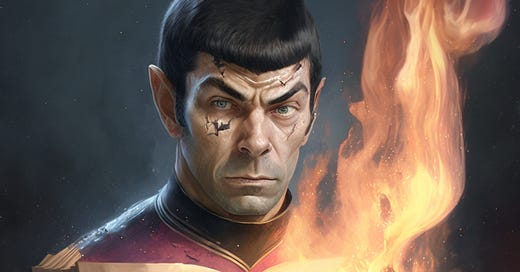










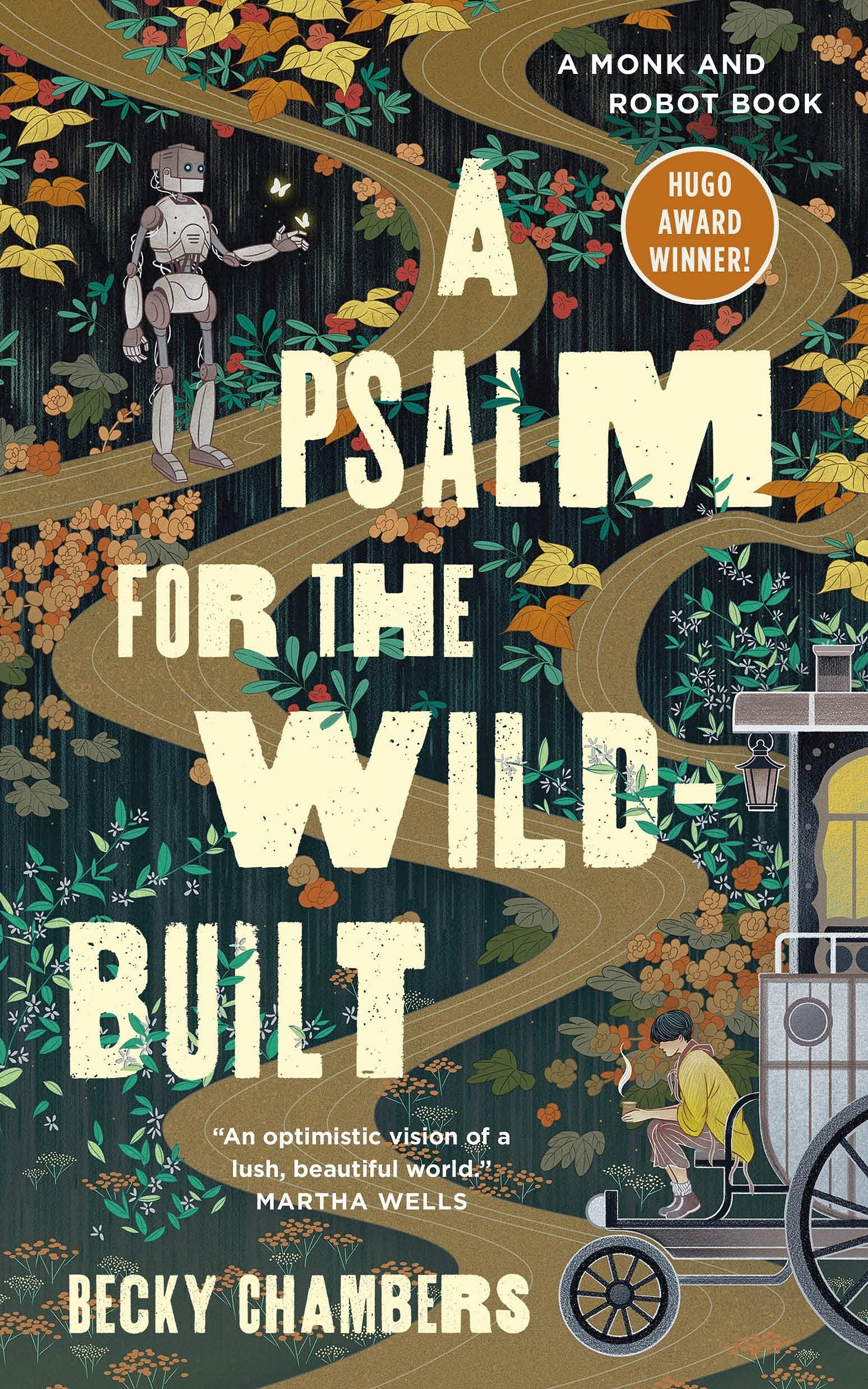

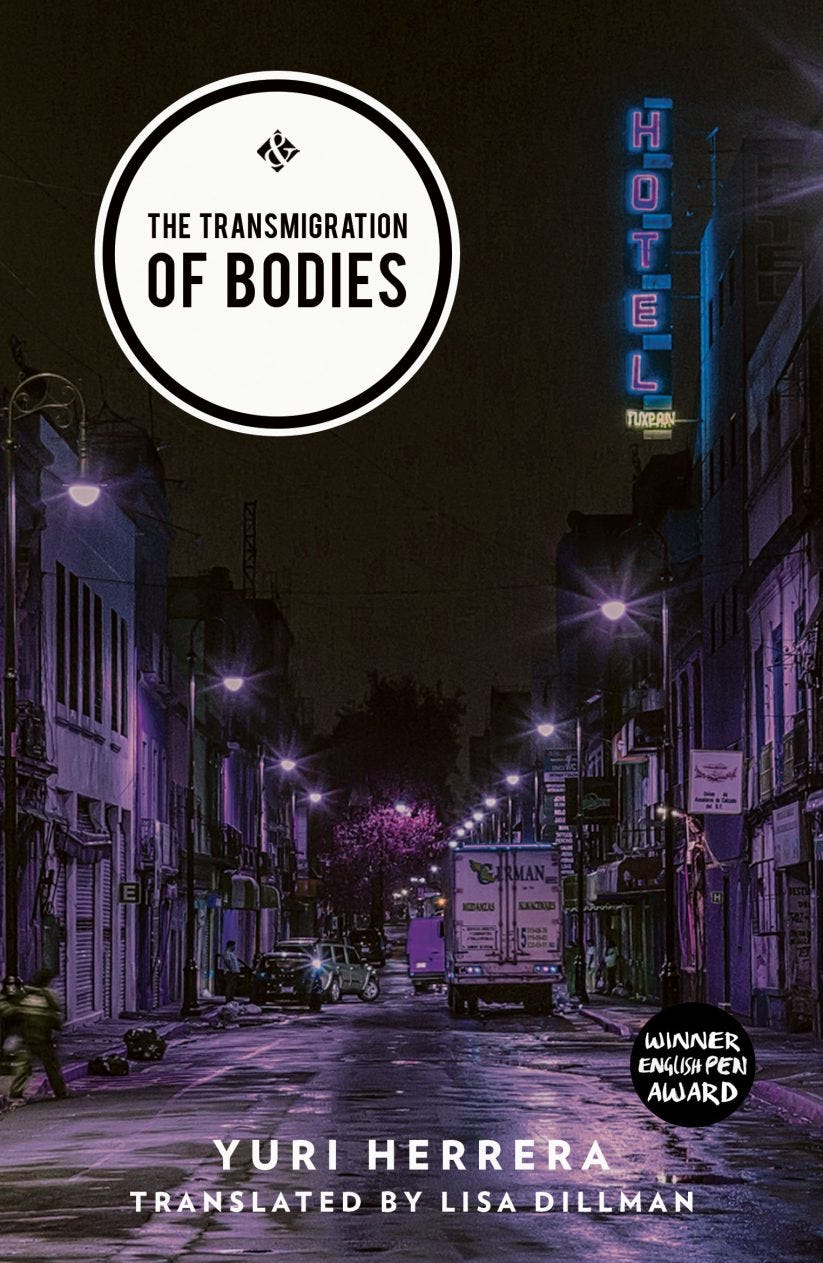
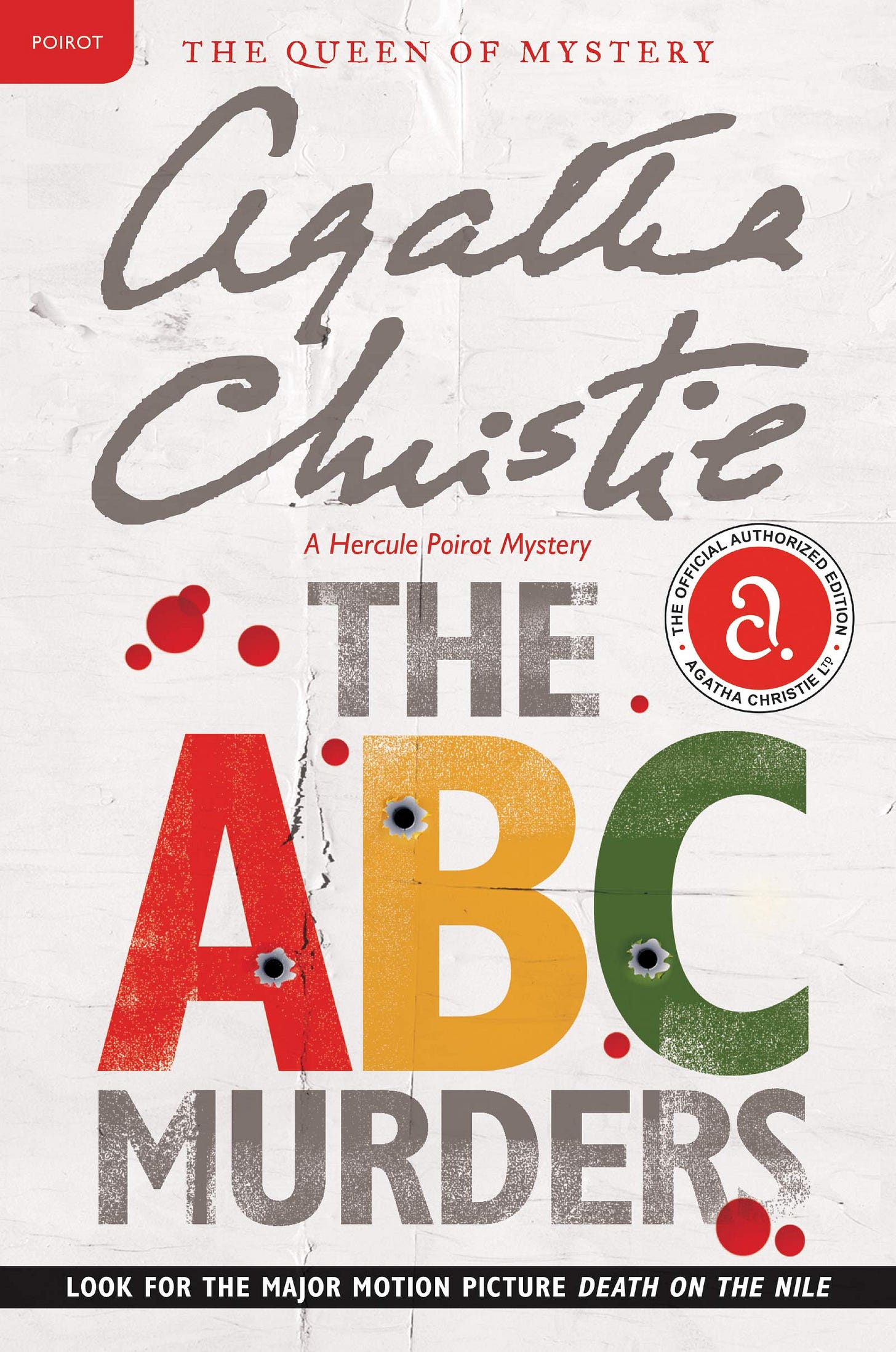

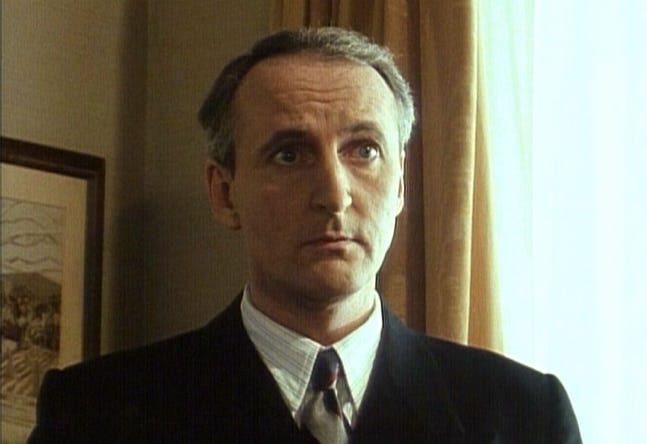
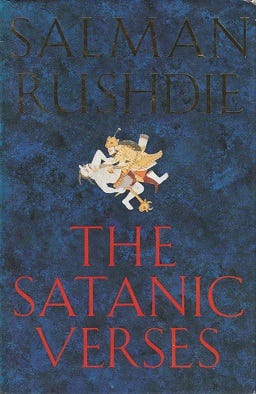

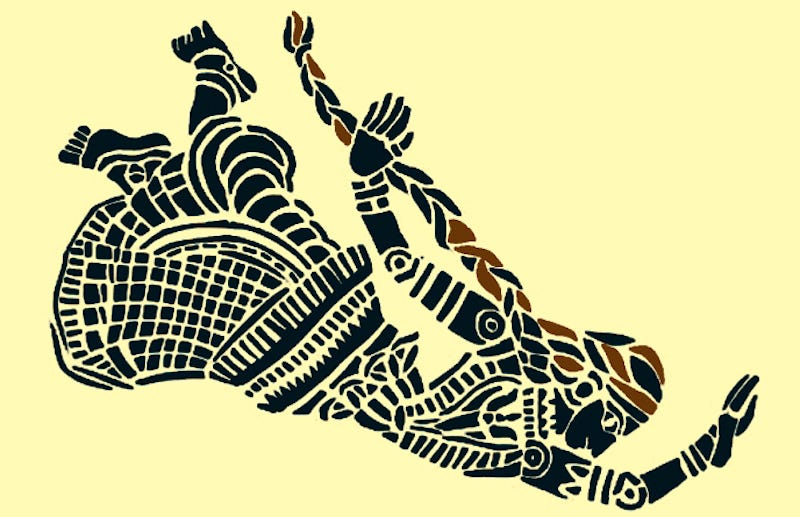
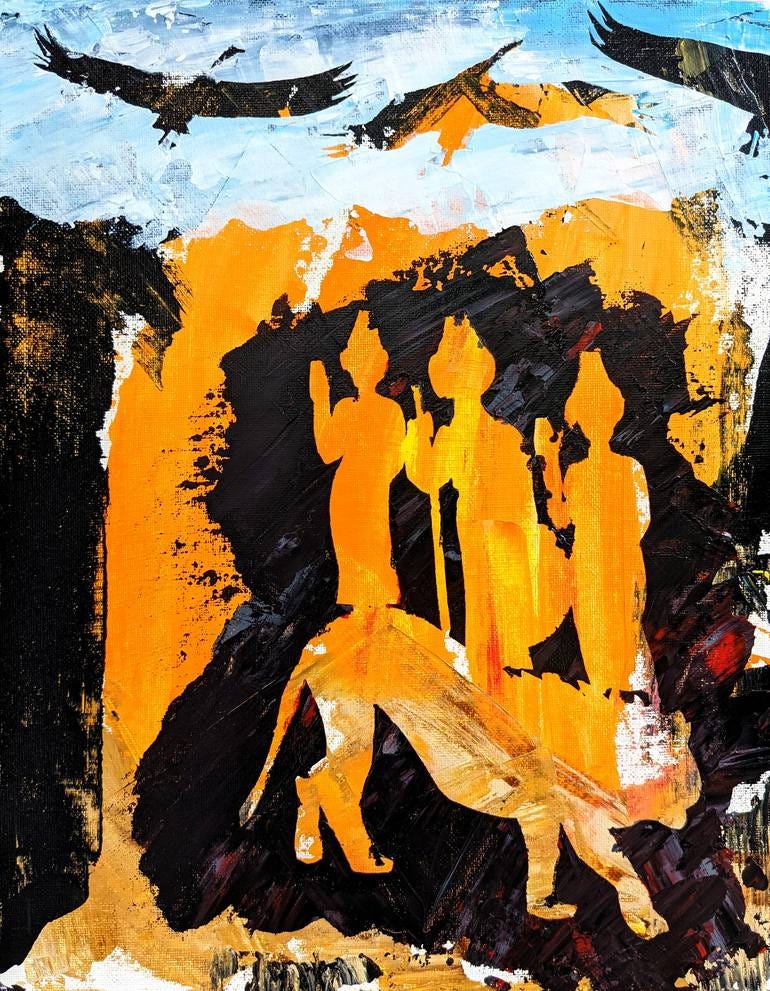

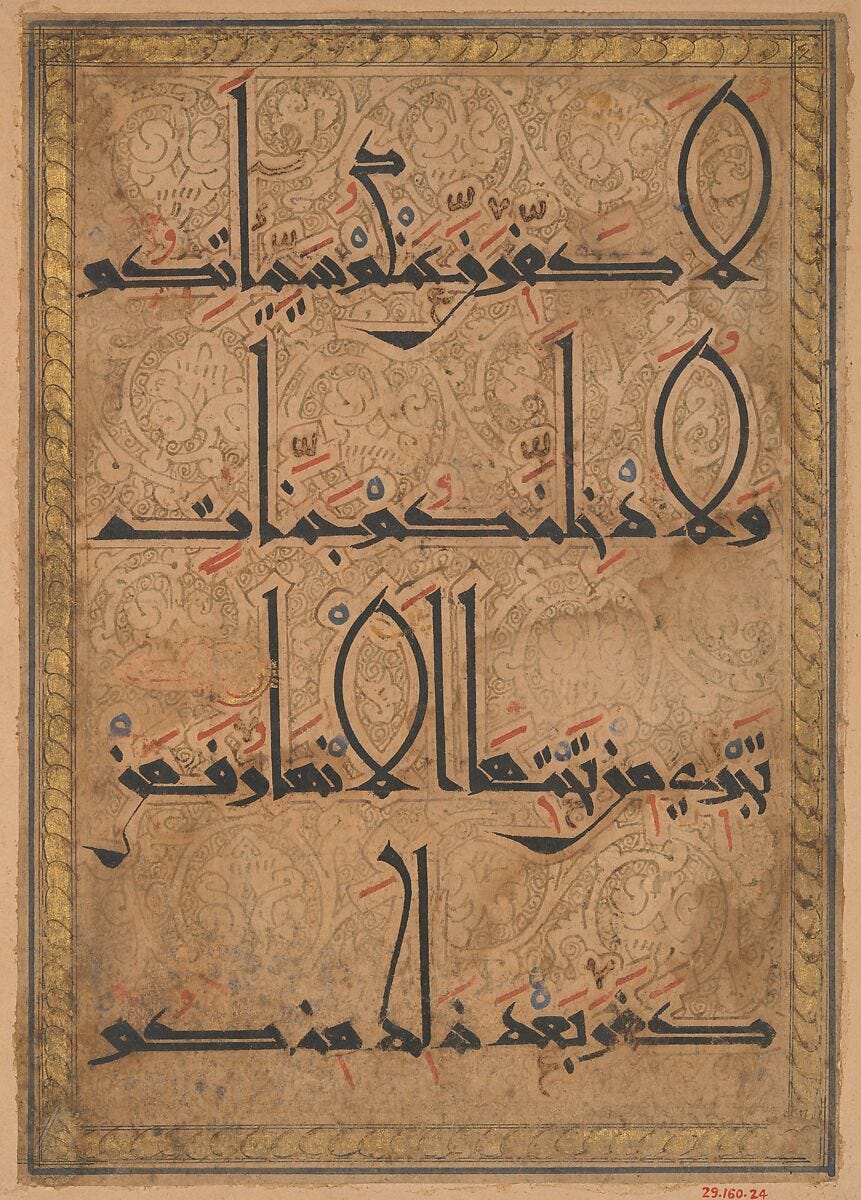
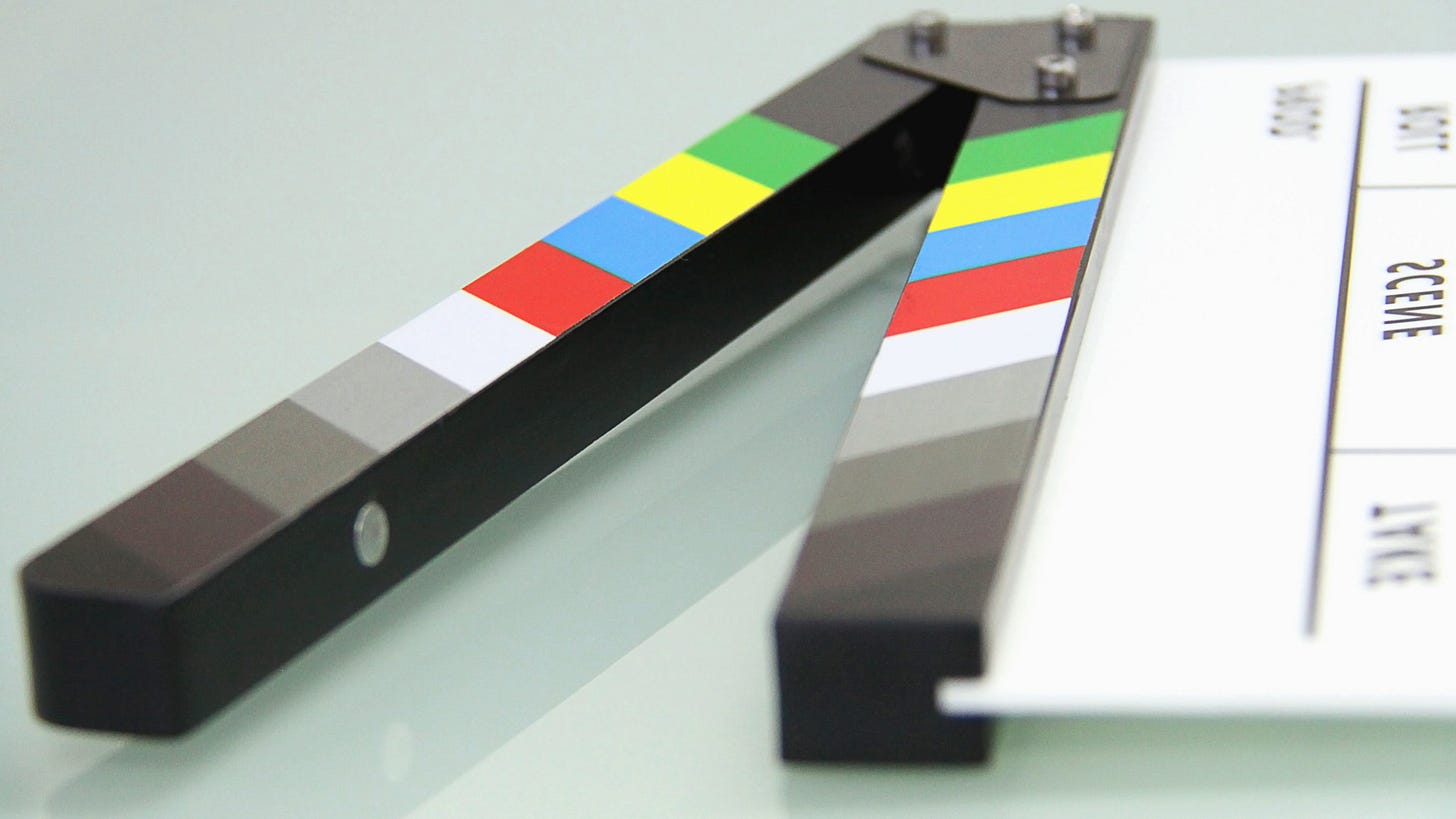
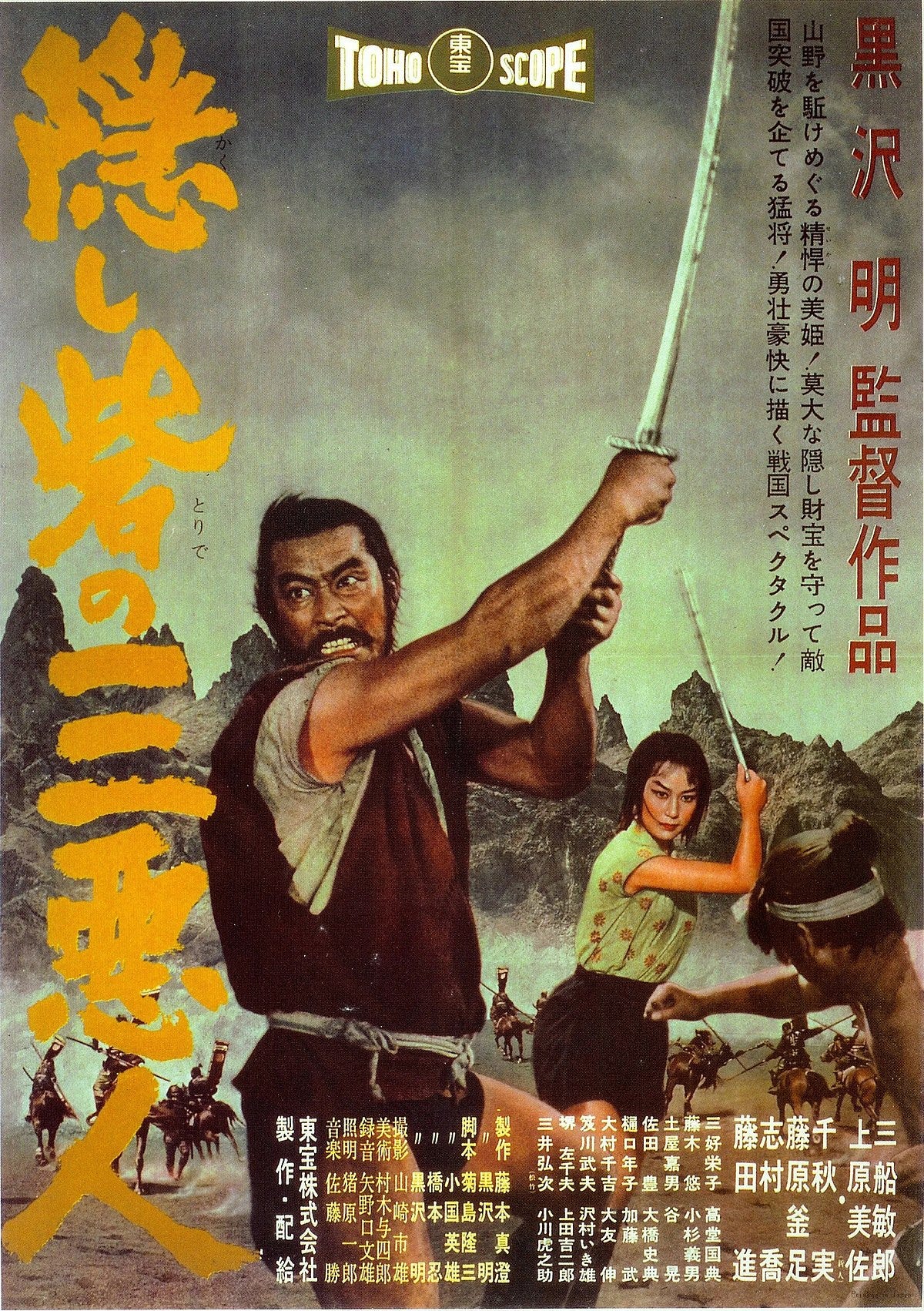
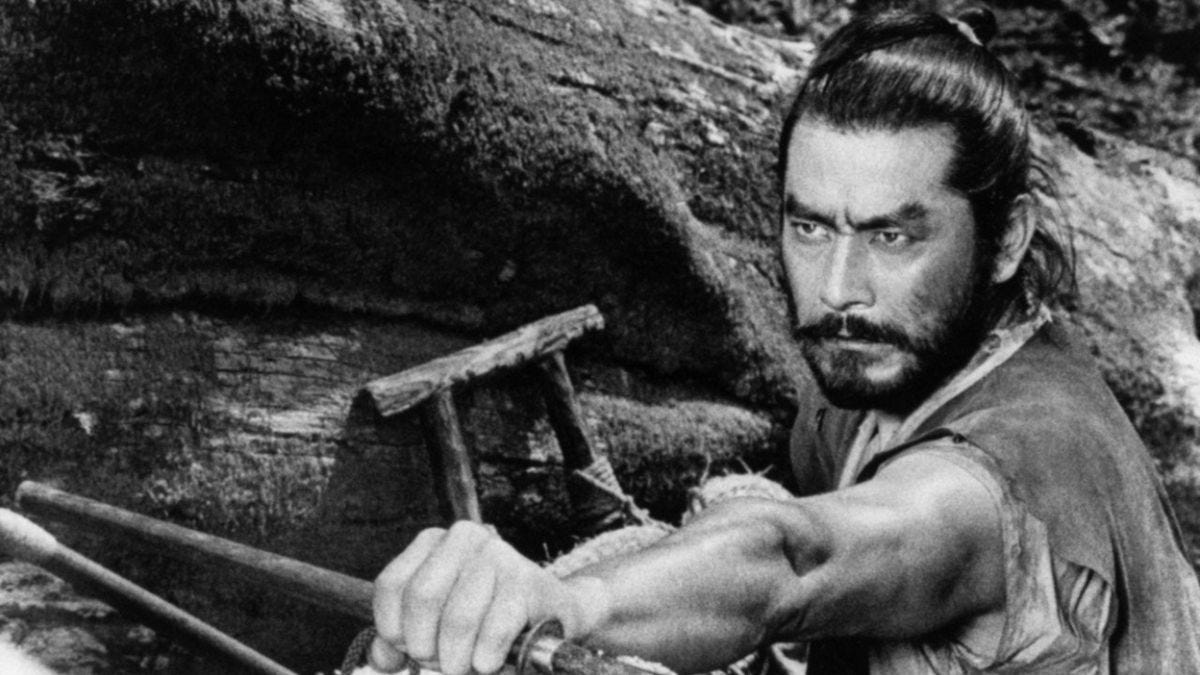

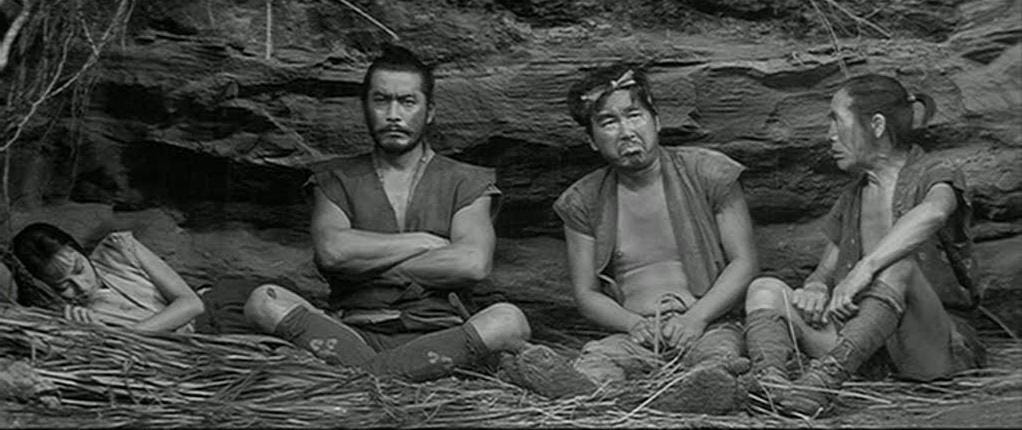


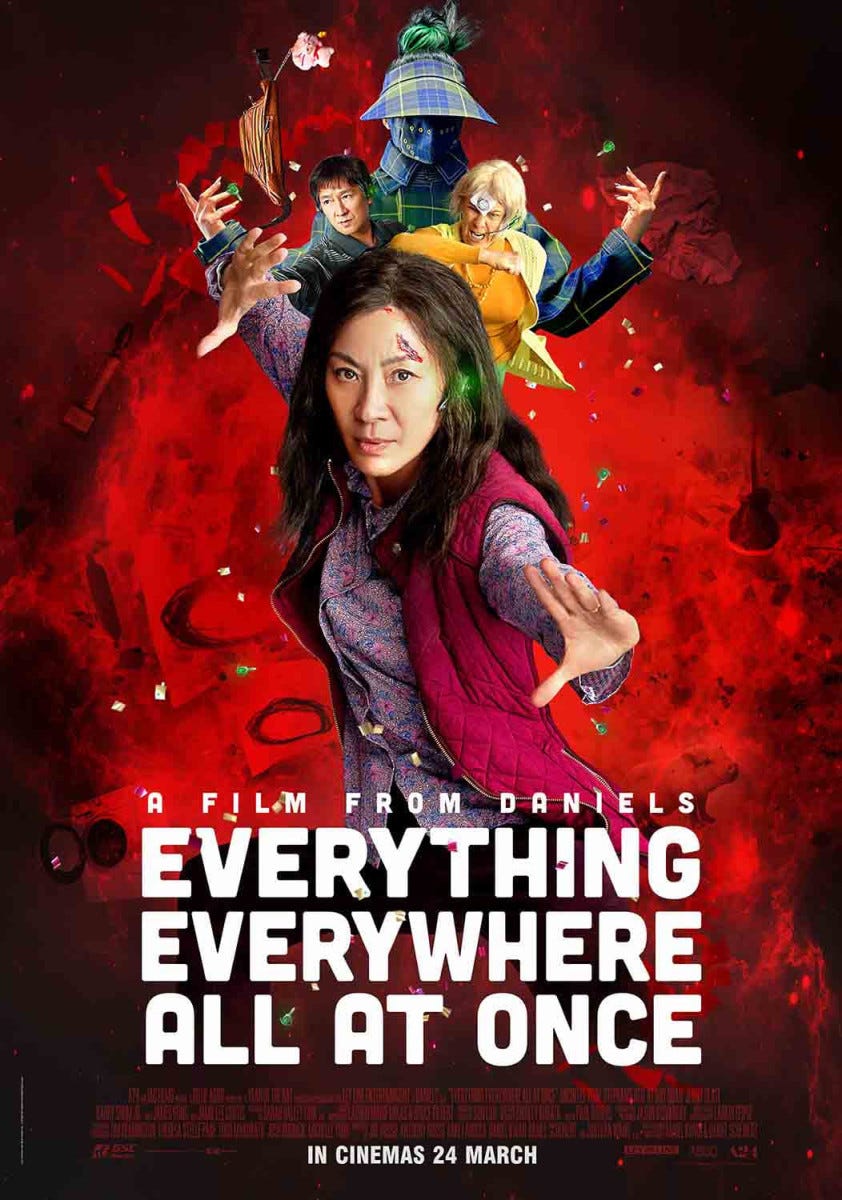
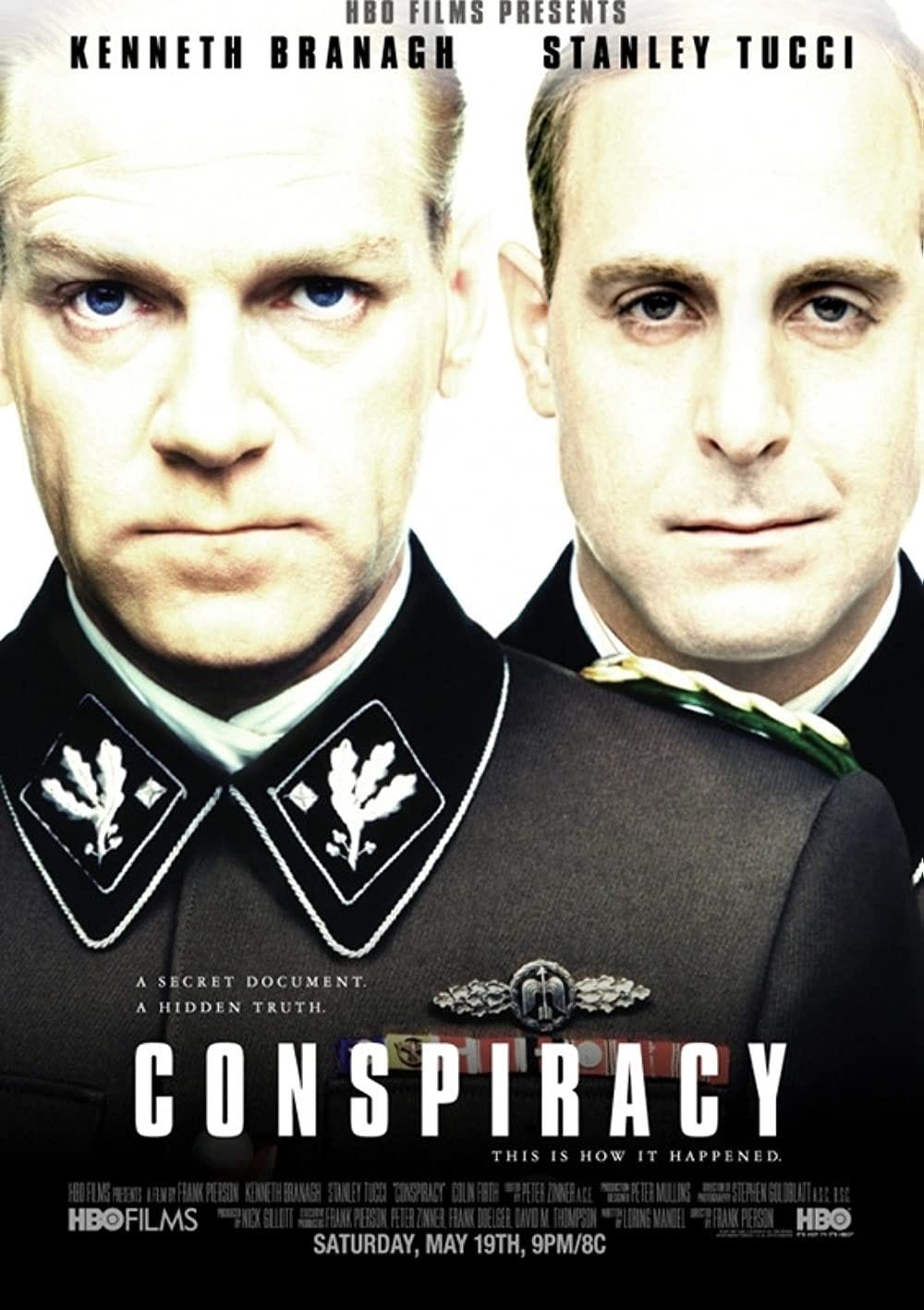

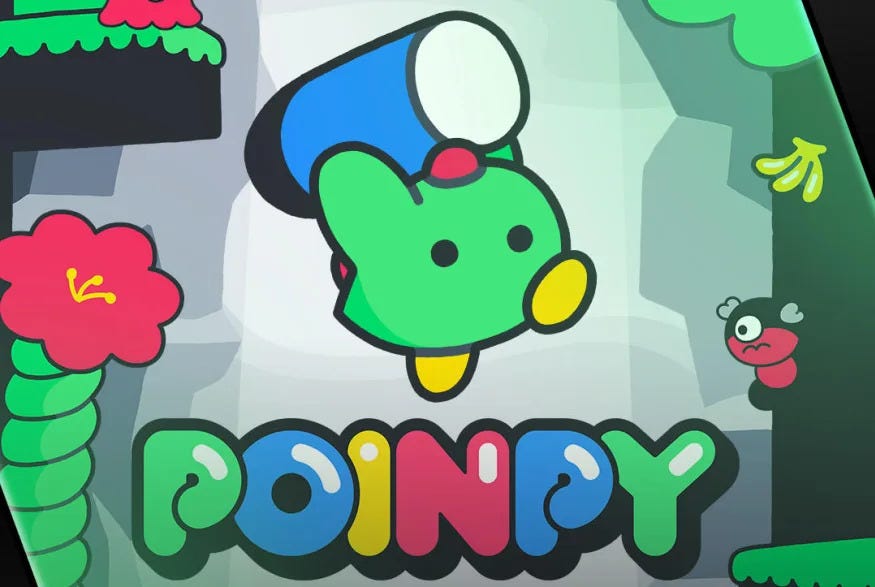
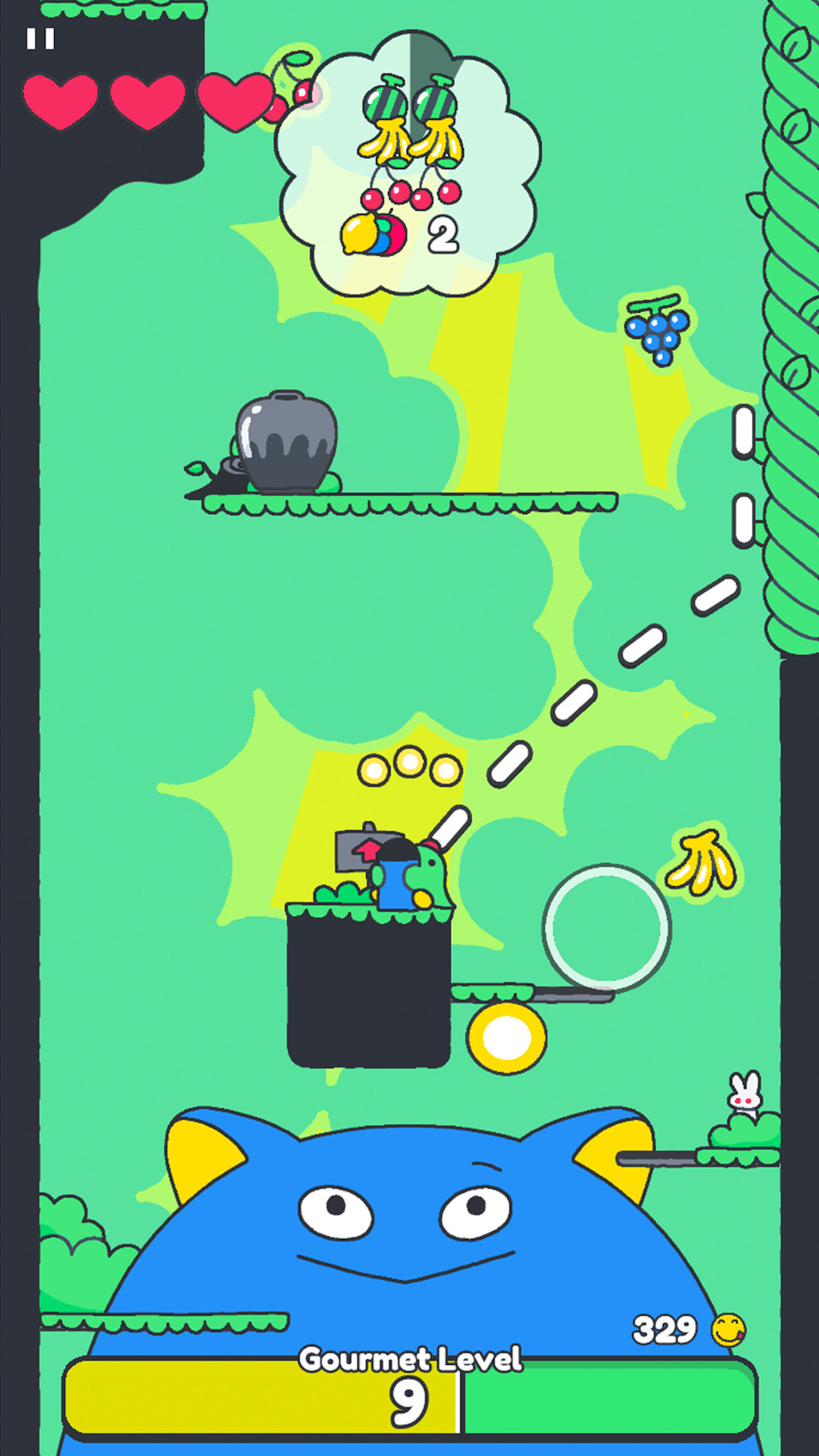


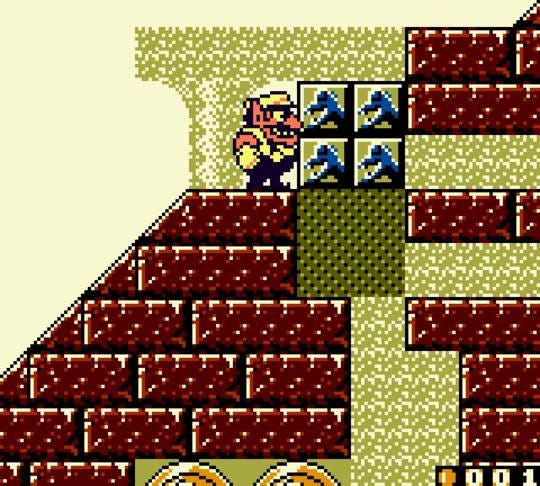
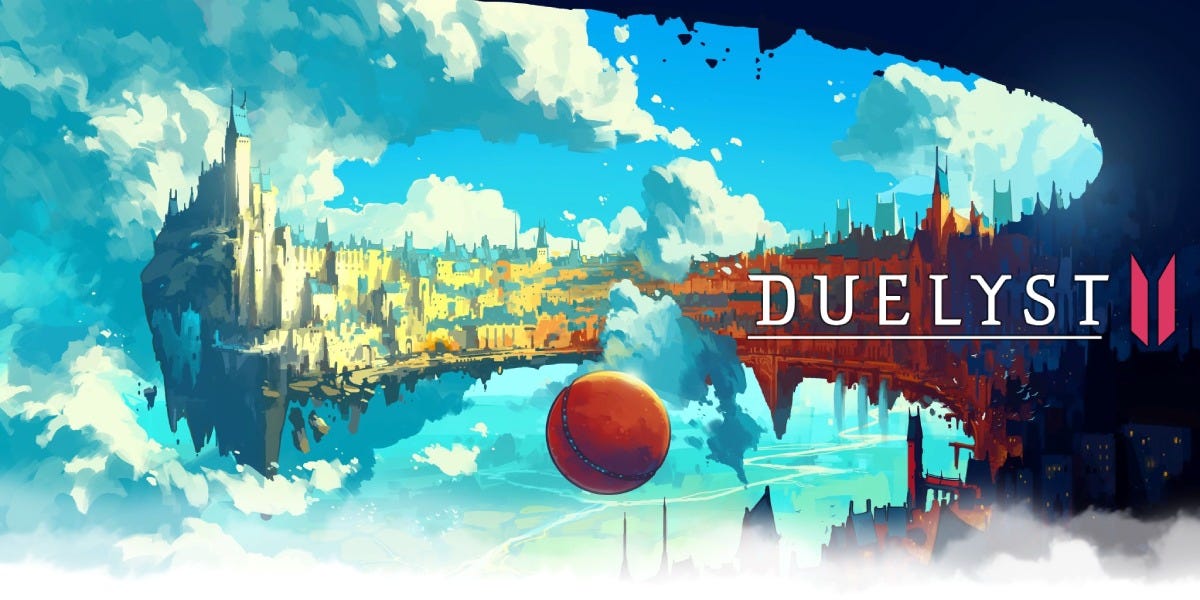



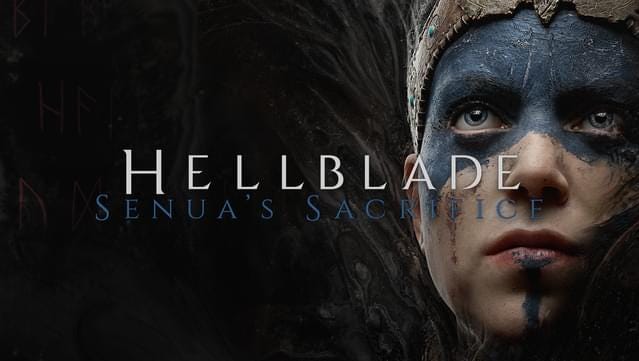
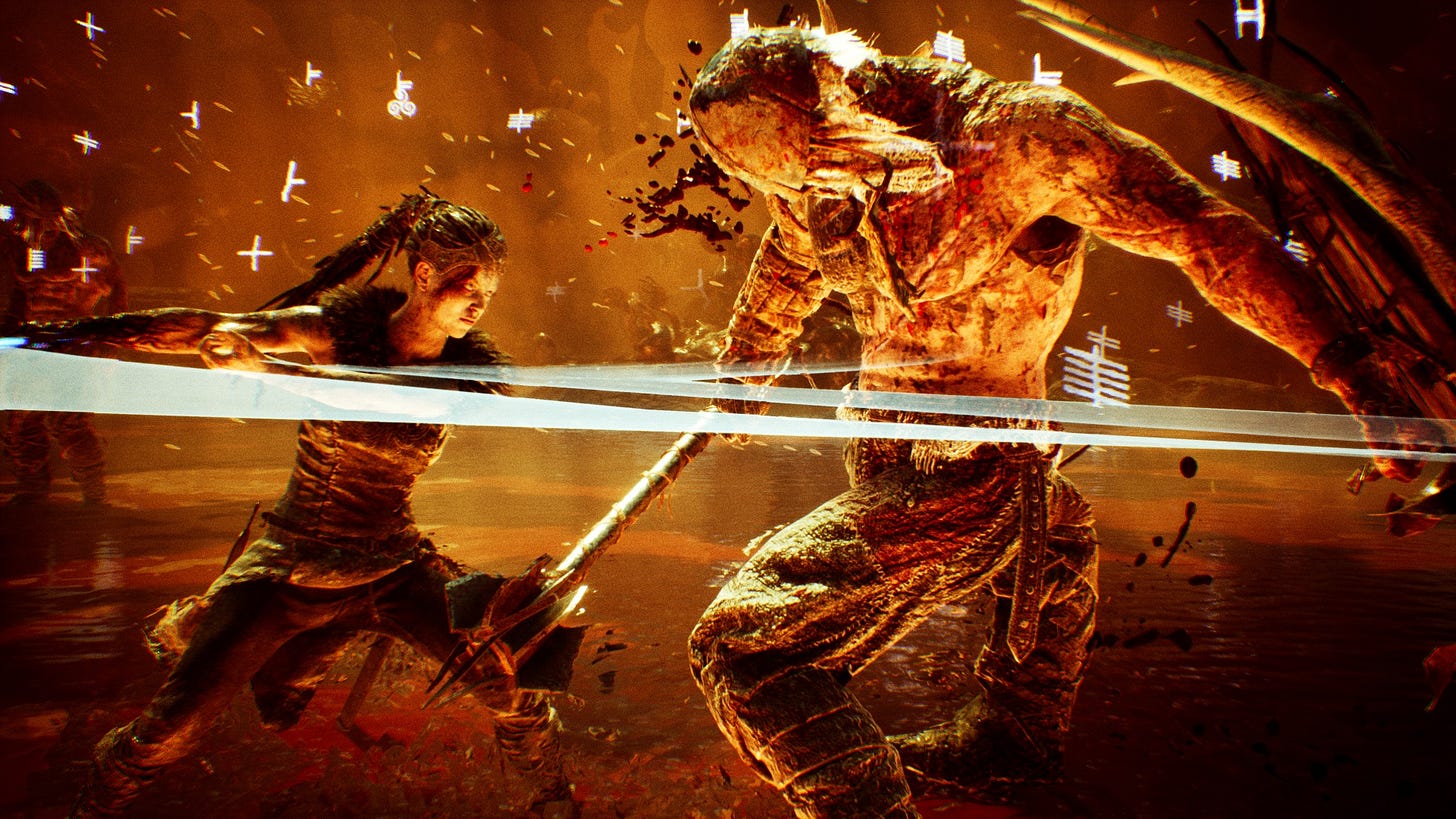

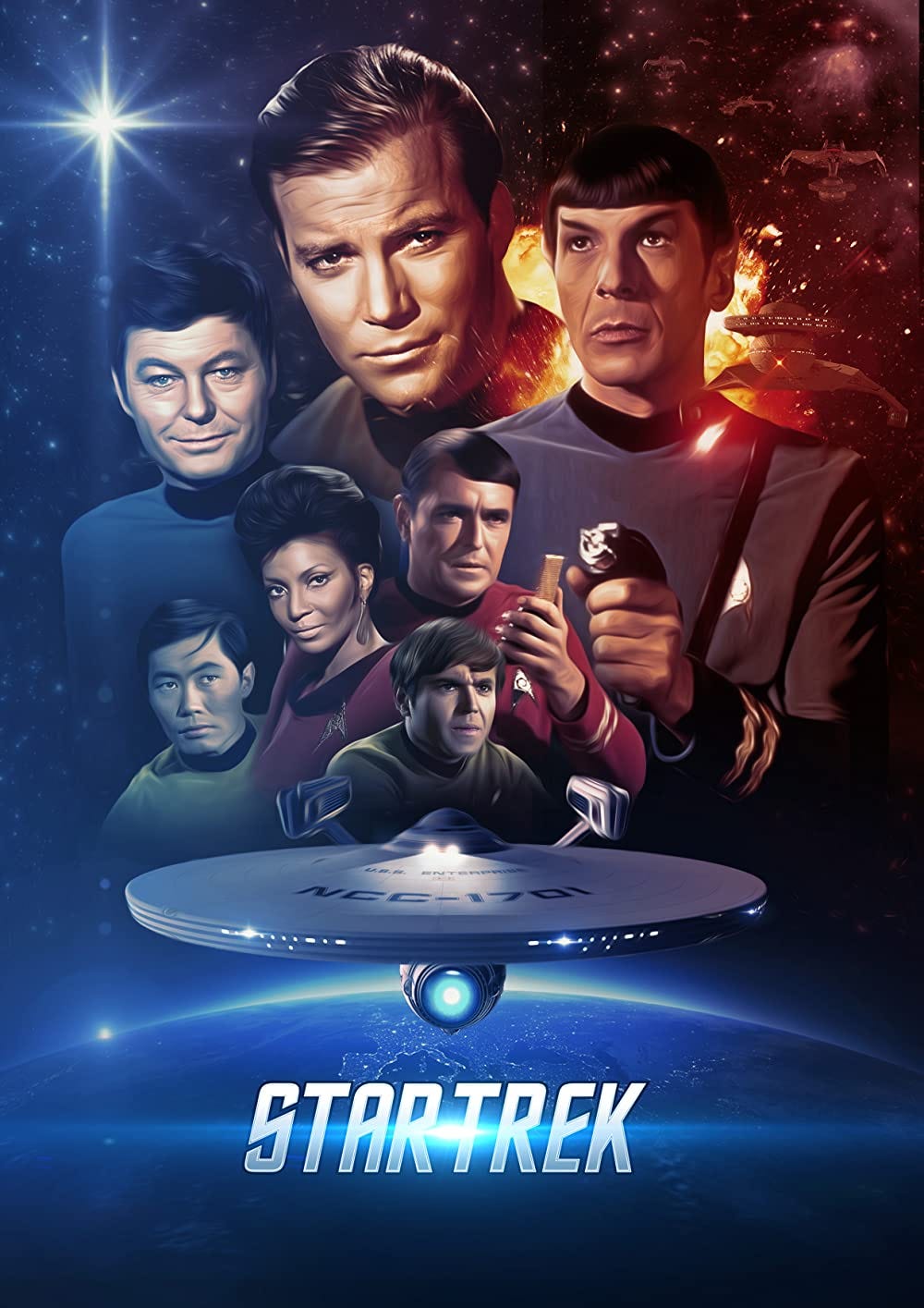
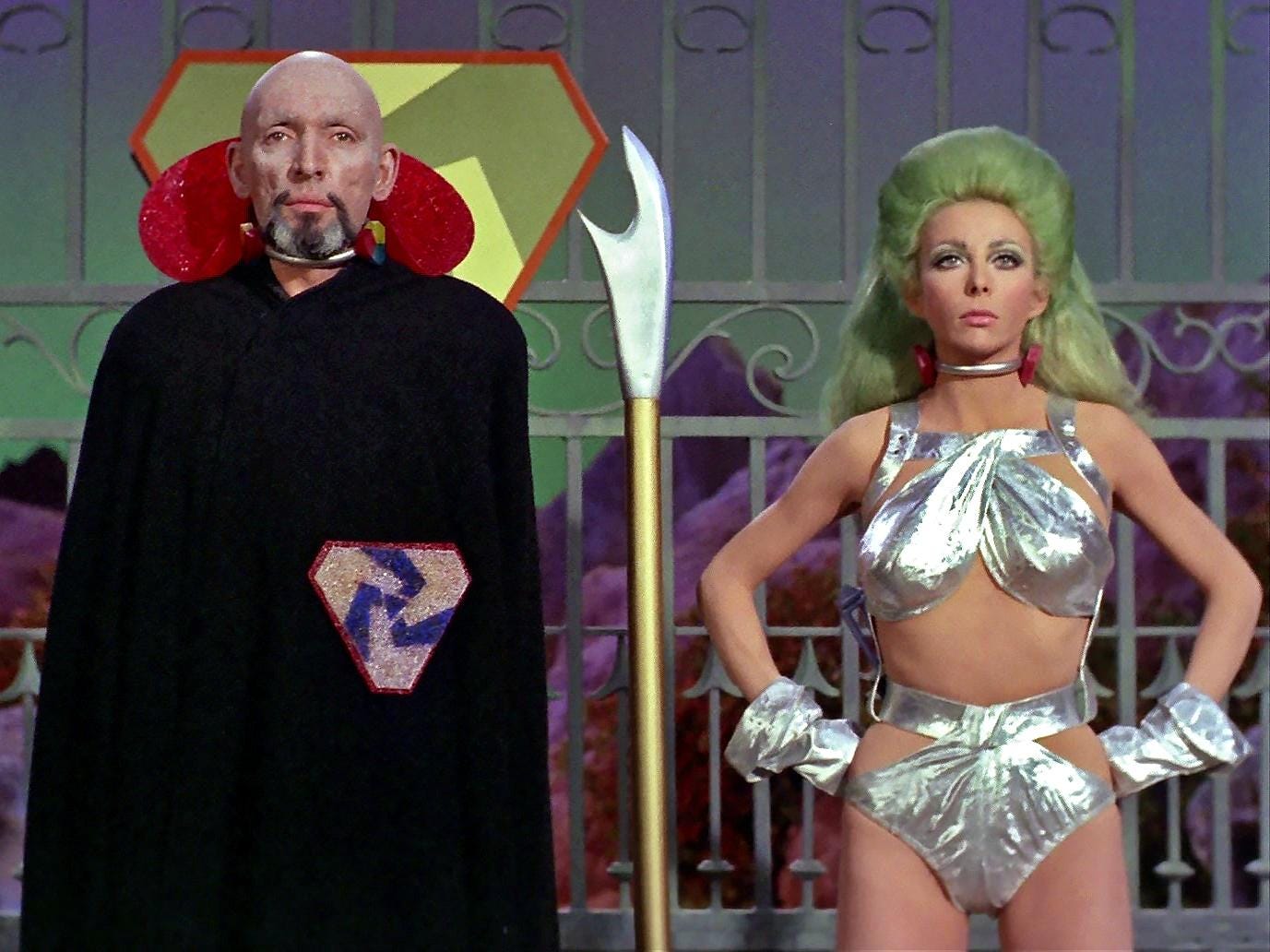


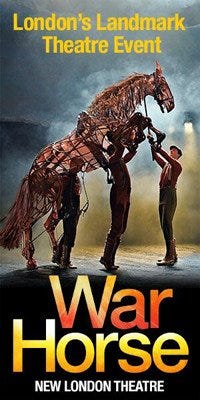

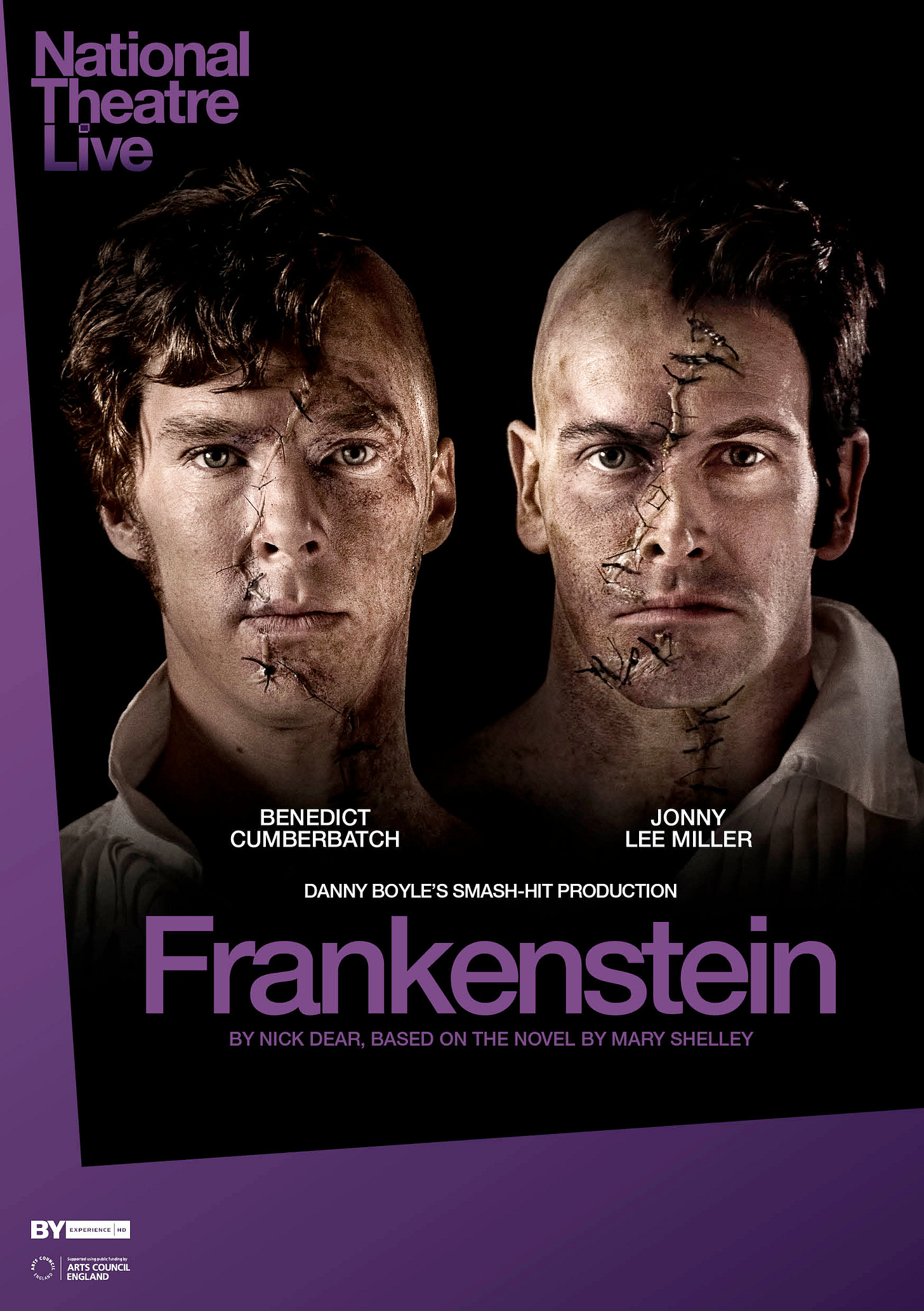



I agree that Everything, Everywhere, All at Once is excellent! I can see why it has received such high praise. I agree that while it has science fiction and action elements, it's a story mostly rooted in exploring family relationships and love. I would also recommend it to anyone!
Thanks for all the great recommendations, The Pile!